All reports
Hemophilia
·
Jan 17, 2025
Navigating financial assistance for hemophilia treatment in the U.S.
Essential resources and strategies for accessing support and reducing treatment costs
Reports are in beta and continually improving. They are not a substitute for professional medical advice. Please contact us to give feedback.

Stay informed
This report was published in our weekly newsletter and on our community page. Follow to stay up to date with the latest news and research relevant to your condition.
Introduction
Hemophilia is a rare, inherited bleeding disorder that prevents blood from clotting properly. People with hemophilia may experience prolonged bleeding after injuries or surgeries, and they may also have spontaneous bleeding into their joints and muscles. While there is no cure for hemophilia, treatments are available to help manage the condition and prevent bleeding episodes. However, these treatments can be very expensive—the average annual cost of medication to treat hemophilia is more than $393,000 per patient [1] — and many patients struggle to afford them.
This article provides information about financial guidance and support for patients to access hemophilia A and B treatment in the US. It covers various resources, including patient advocacy organizations, government programs, private foundations and charities, pharmaceutical company assistance programs, and insurance coverage navigation.
Patient Advocacy Organizations
Several organizations in the US provide support and resources to people with hemophilia. These organizations can help patients find financial assistance, connect with other patients and families, and learn more about their condition. Some of the leading organizations include:
Hemophilia Federation of America (HFA): The HFA offers a financial assistance program called Helping Hands, which provides emergency assistance, reimbursement for items, inhibitor support, and other resources [2].
National Bleeding Disorders Foundation (NBDF): The NBDF is dedicated to finding cures for inheritable blood and bleeding disorders. They offer a variety of programs and initiatives, including research funding, education, and advocacy [2].
The Coalition for Hemophilia B: This organization provides support and resources specifically for people with hemophilia B. They offer an emergency assistance fund called BCares, which helps with basic living expenses, housing, and utility bills [2].
World Federation of Hemophilia (WFH): The WFH is an international organization that provides support and resources to people with hemophilia worldwide [6].
Changing Hemophilia Facebook Community: This online community provides a platform for people with hemophilia to connect with others, share their experiences, and learn from each other [7].
Government Programs
Several government programs offer financial assistance for hemophilia treatment. These programs may help cover the cost of medications, insurance premiums, and other healthcare expenses. Some of the key programs include:
Hemophilia Treatment Centers (HTCs): HTCs are federally funded centers that provide comprehensive care to people with hemophilia. They offer a range of services, including medical care, physical therapy, and social work. HTCs serve as "specialty medical homes" for people with bleeding disorders, offering long-term, comprehensive support [8].
Centers for Disease Control and Prevention (CDC) Division of Blood Disorders: The CDC provides funding for research, surveillance, and prevention of bleeding and clotting disorders. They also offer patient education and outreach programs [8].
State Hemophilia Assistance Programs: Some states have programs that provide financial assistance to people with hemophilia. For example, Texas has the Hemophilia Assistance Program (HAP), which helps cover the cost of treatment and insurance premiums [9].
In addition to these specific programs, patients may also be eligible for government assistance programs such as Medicaid, Medicare, and Social Security Disability Insurance (SSDI) [10].
Private Foundations and Charities
Many private foundations and charities offer financial support for hemophilia treatment. These organizations may provide grants to help cover the cost of medications, travel expenses, and other needs. Some of the organizations that offer support include:
Hope Charities: Hope Charities provides assistance to people experiencing a crisis caused by a bleeding disorder. They offer support for utilities, food, housing, clothing, medical expenses, transportation, and medical equipment [11].
The PAN Foundation: The PAN Foundation provides financial assistance to individuals with hemophilia to help cover out-of-pocket costs for medications [12].
The Assistance Fund (TAF): TAF offers financial assistance for copay assistance, insurance premiums, incidentals, and healthcare expenses [12].
Pharmaceutical Company Assistance Programs
Many pharmaceutical companies that manufacture hemophilia treatments offer patient assistance programs. These programs may provide free or discounted medications to eligible patients. Here's a summary of some of these programs:
Bayer
$0 Co-pay Program
Provides up to $12,000 per year in copay assistance for Kogenate FS, Kovaltry, and Jivi.
Not income-based, making it accessible to more patients.
Contact: 1-800-288-8374
Free Trial Program
Offers one month of free therapy with Kovaltry or Jivi for new patients.
Contact: 1-800-288-8374
CSL Behring
MyAccess Program
Provides up to $12,000 per year for qualified patients using CSL Behring products.
Contact: 1-800-676-4266
Patient Assistance Program
Assists underinsured or uninsured patients actively seeking insurance.
Contact: 1-844-PAP-CSLB (727-2752)
Genentech
HEMLIBRA Co-pay Program
Helps eligible patients pay as little as $0 per treatment for HEMLIBRA.
Contact: 877-436-3683
Genentech Patient Foundation
Offers free Genentech medicines to people without insurance or with financial concerns who meet income criteria.
Contact: 877-436-3683
Novo Nordisk
NovoCare Savings Card
Provides lower co-pays for eligible patients with commercial insurance.
Details: Visit NovoCare.com
Patient Assistance Program (PAP)
Eligible patients may qualify for free treatment.
Details: Visit NovoCare.com
Takeda
Various Programs
Supports patients with bleeding disorders through programs offering financial assistance with insurance premiums and medical bills.
Contact: Reach out to Takeda for details.
Navigating Insurance Coverage
Hemophilia treatment can be expensive, and it is essential to have adequate insurance coverage. Here are some tips for navigating insurance coverage for hemophilia treatment:
Understanding Your Plan's Benefits
Carefully review your insurance policy to understand what is covered and what is not.
Pay attention to coverage for medications, treatments, and services, as well as any limitations or exclusions [13].
Be aware of your plan's network adequacy standards, which ensure access to primary care doctors, specialists, and "essential community providers" such as community health clinics and hemophilia treatment centers (HTCs) [13].
Working with Your Healthcare Provider
Your healthcare provider can help you understand your insurance coverage and advocate for you if you encounter any issues.
They can also help you find resources and programs to help cover the cost of treatment [14].
Considering a Specialty Pharmacy
Specialty pharmacies often have expertise in managing hemophilia medications and can help you navigate insurance coverage and find financial assistance [15].
Appealing Denied Claims
If your insurance company denies a claim, you have the right to appeal the decision. Here's a general outline of the appeals process:
Request a written explanation: Ask the insurer to explain the reason for the denial in writing.
Review your policy: Check your policy to see if the treatment or service should be covered.
Gather supporting documentation: Work with your healthcare provider to collect letters and medical records that support the medical necessity of the treatment.
Submit a written appeal: Fill out an appeal form and write a letter explaining why the treatment is medically necessary.
Follow up: Keep records of all communication with the insurer and track the progress of your appeal.
If your initial appeal is denied, you may have the right to further appeals, such as an external review by an independent organization [16].
Medigap Coverage
For those enrolled in traditional Medicare, supplemental coverage like Medigap can offer protection against out-of-pocket costs. However, access to Medigap plans can be limited, and insurers in most states can deny coverage or charge higher premiums based on pre-existing conditions. Advocacy efforts are underway to expand access to Medigap and eliminate medical underwriting [19].
Managing the Cost of Hemophilia Treatment
In addition to seeking financial assistance and navigating insurance coverage, there are several strategies you can use to manage the cost of hemophilia treatment:
Treatment adherence: Following your prescribed treatment plan can help prevent bleeding episodes, reducing the need for costly emergency care and hospitalizations [15].
Cost comparison: The cost of hemophilia medications can vary between pharmacies, including specialty pharmacies. Comparing prices can help you find the most affordable option [15].
Long-term planning: Discuss long-term treatment options with your healthcare provider, such as prophylactic therapy or gene therapy. These options may help reduce the frequency of bleeding episodes and the overall cost of care in the long run [15].
Optimizing clotting factor: Work with your healthcare provider and a specialty pharmacy to ensure you are using clotting factor efficiently and minimizing waste. This can involve careful management of doses and inventory [20].
Vendor oversight: Be aware of potential cost drivers, such as vendor oversight, waste, and assay management. Discuss these factors with your healthcare provider and explore strategies to minimize waste and ensure you are receiving the most cost-effective treatment [21].
Conclusion
Living with hemophilia presents unique financial challenges, but there are many resources available to help you access affordable treatment and manage costs effectively. Proactive planning, thorough research, and open communication with your healthcare providers are crucial. Remember to explore patient advocacy organizations, government programs, private foundations, pharmaceutical company assistance programs, and insurance coverage options. By taking advantage of these resources and employing cost-saving strategies, you can focus on managing your health and living a fulfilling life.
References
1. Understanding Hemophilia Treatment and Costs - Evernorth Health Services, https://www.evernorth.com/articles/understanding-hemophilia
2. Hemophilia Patient Support Organizations & Information, https://www.hemophiliaforward.com/resources/organizations
3. Hemophilia Federation of America - National Organization for Rare Disorders, https://rarediseases.org/organizations/hemophilia-federation-of-america/
4. Hemophilia - PAN Foundation, https://www.panfoundation.org/disease-funds/hemophilia/
5. Partnered Organizations - Hemophilia Foundation of Southern California, https://hemosocal.org/partnered-organizations/
6. Bleeding Disorder Organizations | Accredo by Evernorth - Hemophilia, https://www.hemophilia.com/resources/organizations
7. Making connections, building community, finding support. - Changing Hemophilia, https://www.changinghemophilia.com/community-and-support.html
8. Federal Programs for People with Bleeding Disorders | NBDF, https://www.bleeding.org/advocacy/federal-priorities/federal-programs
9. Hemophilia Assistance Program - Texas Health and Human Services, https://www.hhs.texas.gov/services/health/hemophilia-assistance-program
10. Financial Assistance - Hemophilia Federation of America, https://www.hemophiliafed.org/resource/non-hfa-financial-assistance/
11. Hope for Hemophilia, https://www.hopeforhemophilia.org/
12. Financial Assistance - The Coalition for Hemophilia B, https://www.hemob.org/financial-assistance
13. Private Health Insurance Options: Pick the Right Plan | NBDF, https://www.bleeding.org/bleeding-disorders-a-z/healthcare-coverage/private-insurance
14. Access To Hemophilia A Medicine - Genentech, https://www.gene.com/patients/access-to-hemophila-a-medicine
15. www.myhemophiliateam.com, https://www.myhemophiliateam.com/resources/ways-to-reduce-the-cost-of-hemophilia-treatment
16. Appealing Insurance Claim Denials - Livestrong, https://livestrong.org/resources/appealing-insurance-claim-denials/
17. Insurance Denials & Appeals - Hemophilia Federation of America, https://www.hemophiliafed.org/wp-content/uploads/2024/01/HFA_InsuranceAppealsandDenials.pdf
18. What If I Am Denied Coverage? Appeals and Grievances, https://www.bleeding.org/sites/default/files/document/files/fact_sheet_appeals_and_grievances.pdf
19. Medicare - Hemophilia Federation of America, https://www.hemophiliafed.org/resource/medicare/
20. To Manage Costs of Hemophilia, Patients Need More Than Clotting Factor - PMC, https://pmc.ncbi.nlm.nih.gov/articles/PMC2702179/
21. Economics of Hemophilia & Addressing Waste - Midwest Business Group on Health, https://www.mbgh.org/resources/employertoolkits/hemophilia-toolkit/hemophilia-business-case/hemophilia-economics

Gaucher disease
·
Inclusion of Gaucher disease in newborn screening panels across the U.S.
Apr 9, 2025

Hemophilia
·
Qfitlia: A breakthrough in hemophilia treatment
Apr 3, 2025

Multiple myeloma
·
Navigating clinical trials in multiple myeloma
Apr 2, 2025

Gene and cell therapy
·
An introduction to cell therapy
Mar 25, 2025

Gene and cell therapy
·
An introduction to gene therapy
Mar 19, 2025
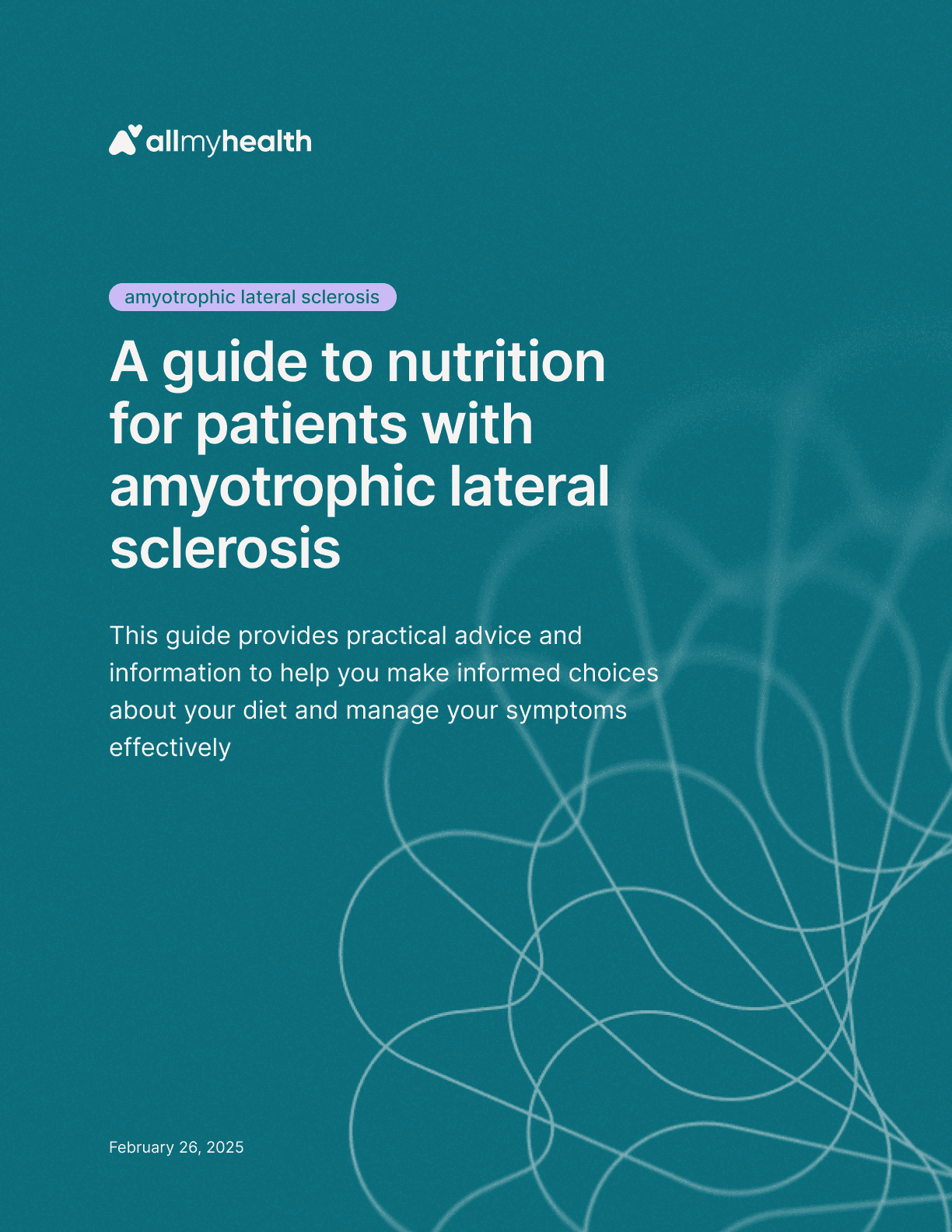
Amyotrophic lateral sclerosis
·
A guide to nutrition for patients with amyotrophic lateral sclerosis
Feb 26, 2025
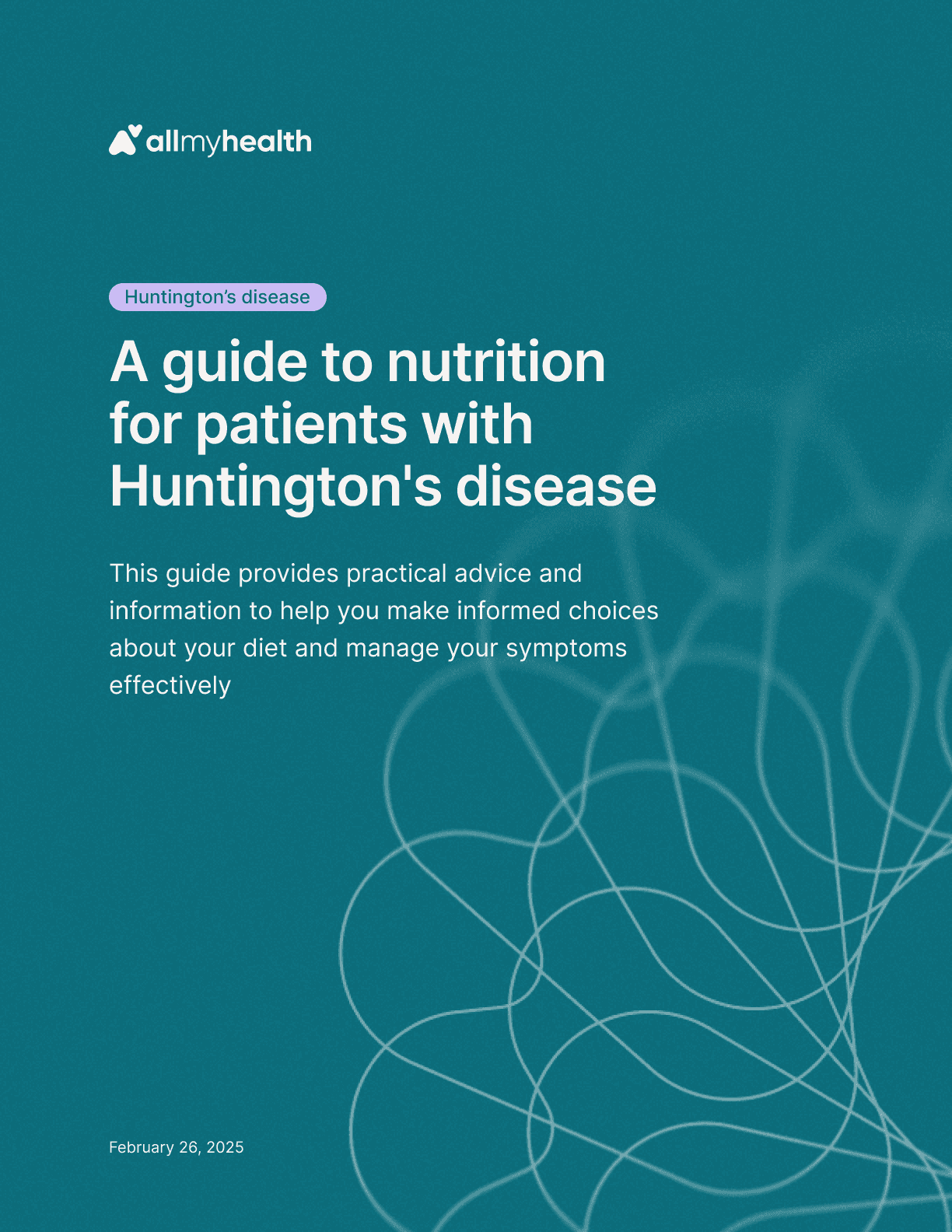
Huntington's disease
·
A guide to nutrition for patients with Huntington's disease
Feb 26, 2025

Spinal muscular atrophy
·
A guide to nutrition for patients with spinal muscular atrophy
Feb 26, 2025
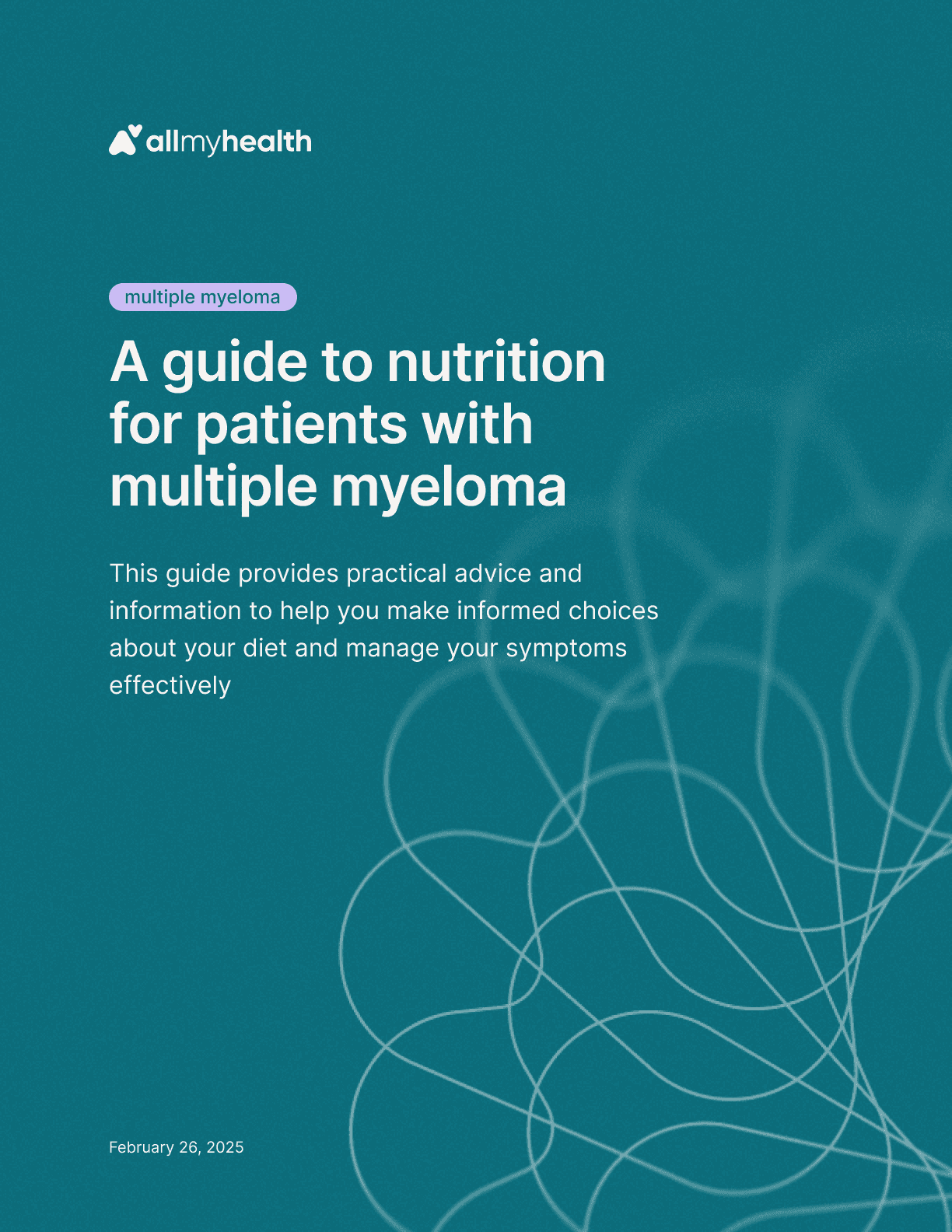
Multiple myeloma
·
A guide to nutrition for patients with multiple myeloma
Feb 26, 2025
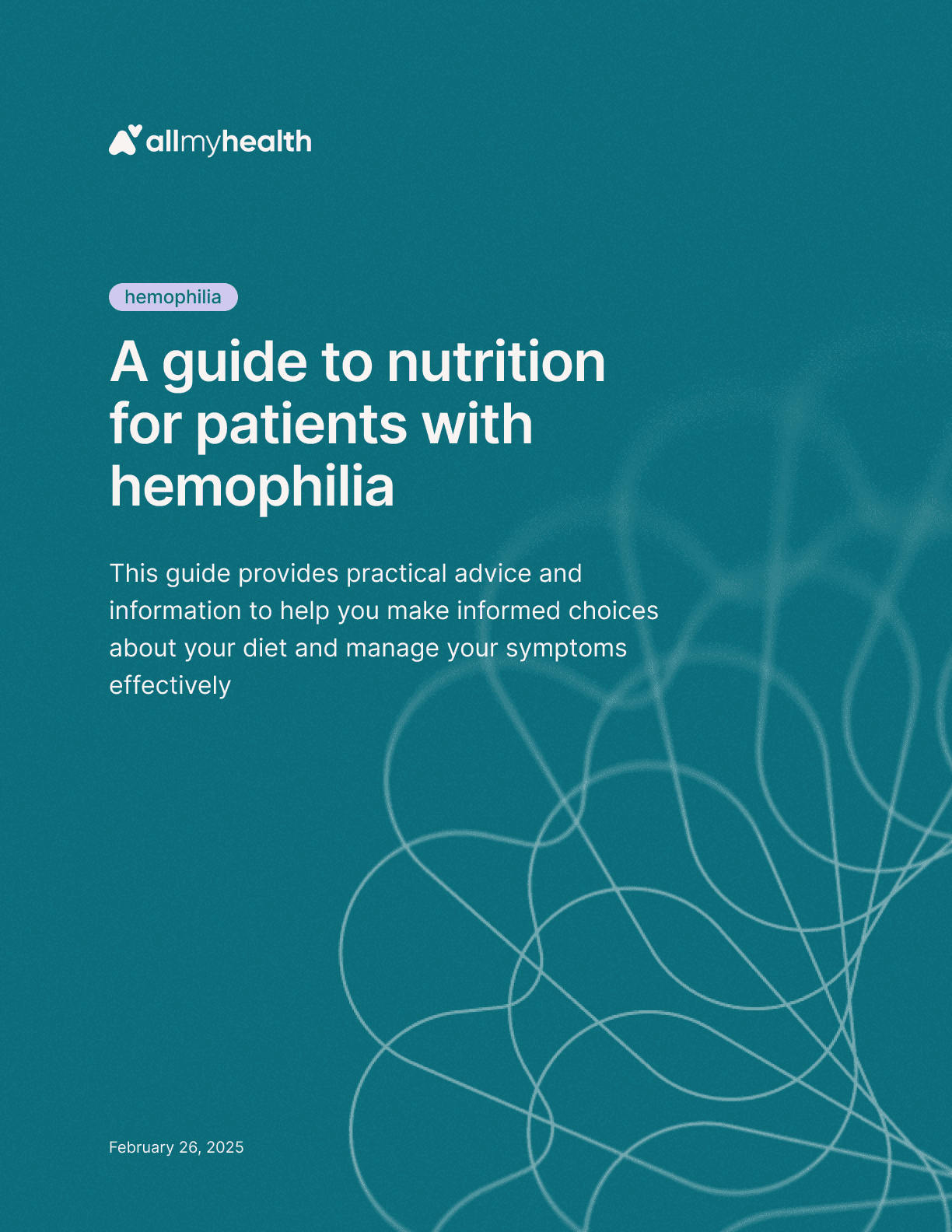
Hemophilia
·
A guide to nutrition for patients with hemophilia
Feb 26, 2025
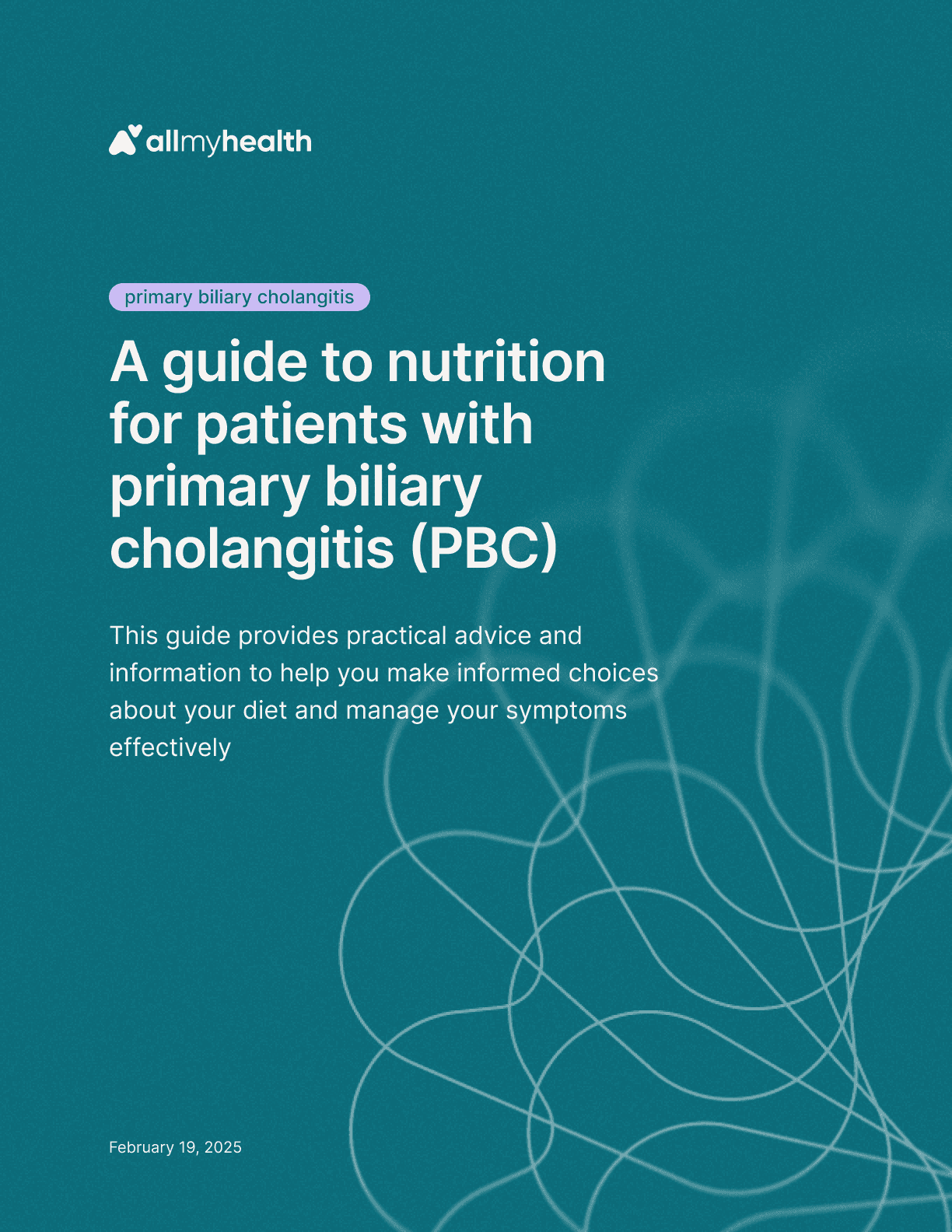
Primary biliary cholangitis
·
A guide to nutrition for patients with primary biliary cholangitis (PBC)
Feb 19, 2025
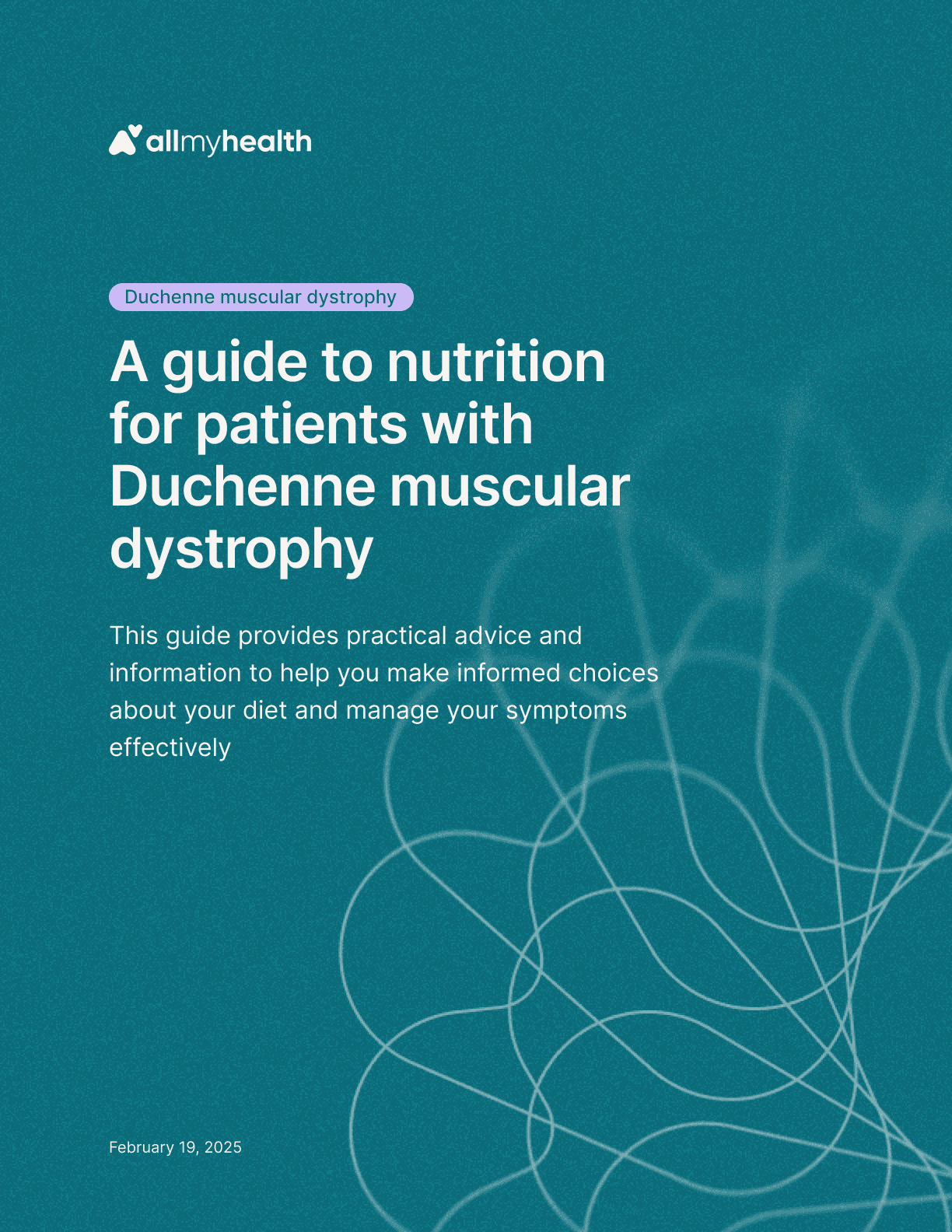
Duchenne muscular dystrophy
·
A guide to nutrition for patients with Duchenne muscular dystrophy
Feb 19, 2025
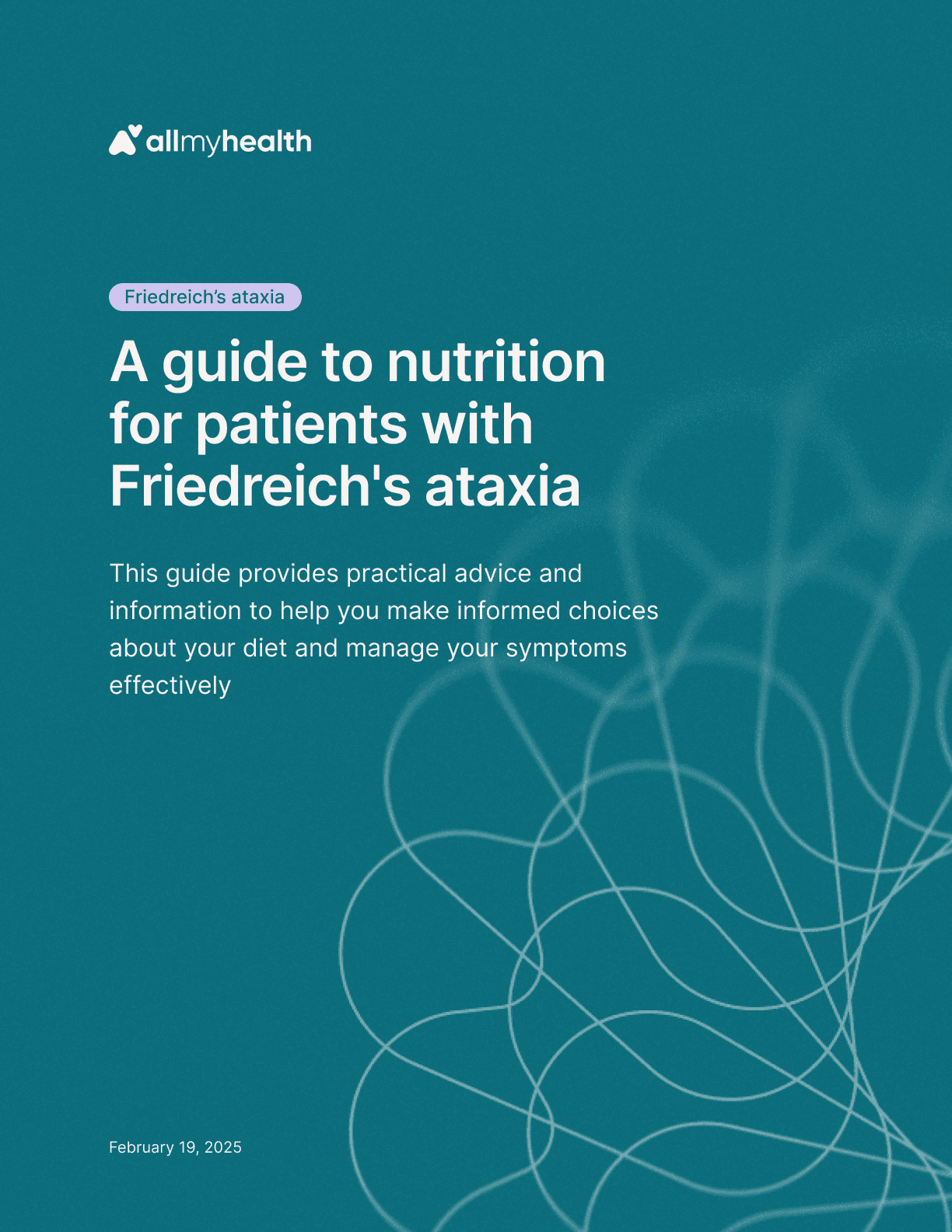
Friedreich's ataxia
·
A guide to nutrition for patients with Friedreich's ataxia
Feb 19, 2025
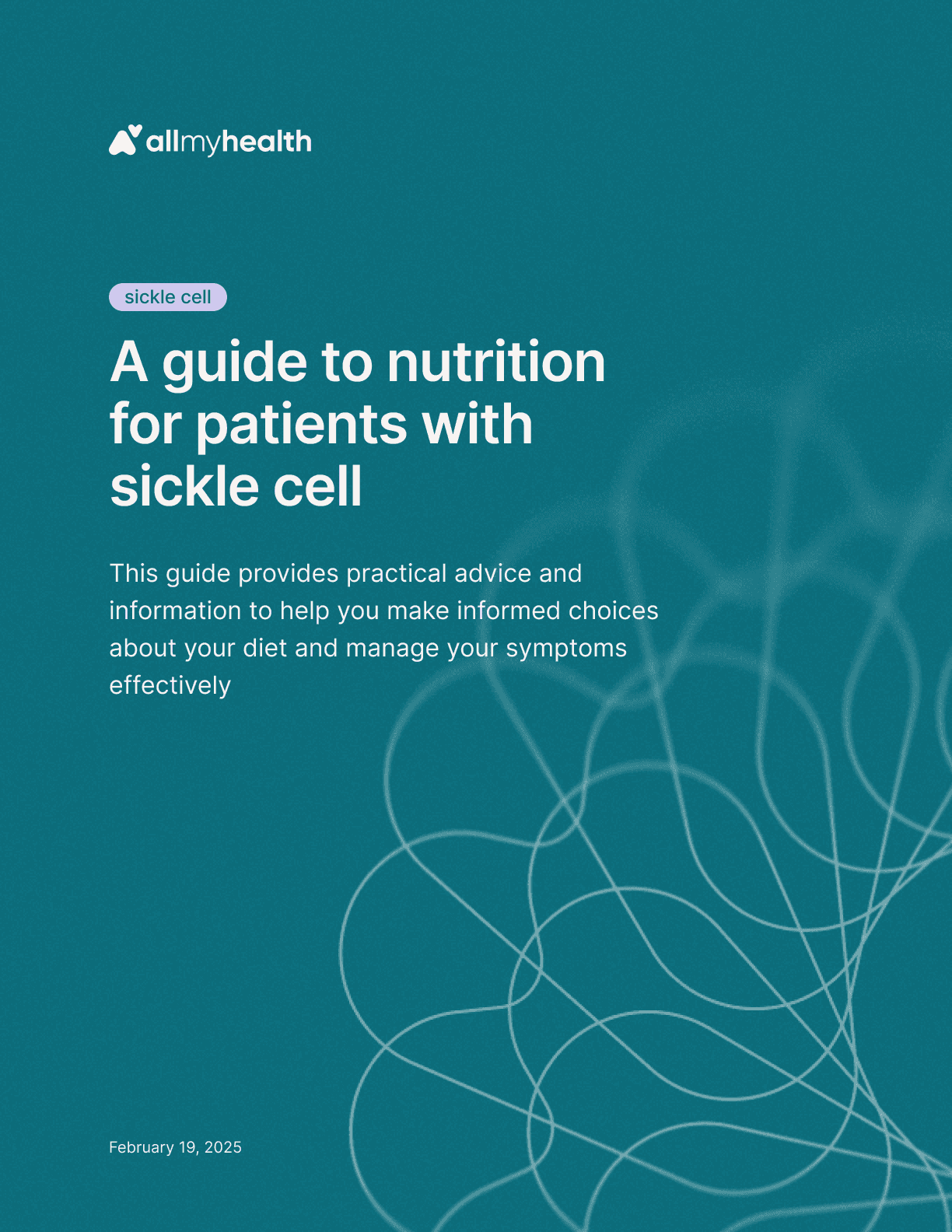
Sickle cell
·
A guide to nutrition for patients with sickle cell
Feb 19, 2025

Mantle cell lymphoma
·
A guide to nutrition for patients with mantle cell lymphoma
Feb 19, 2025
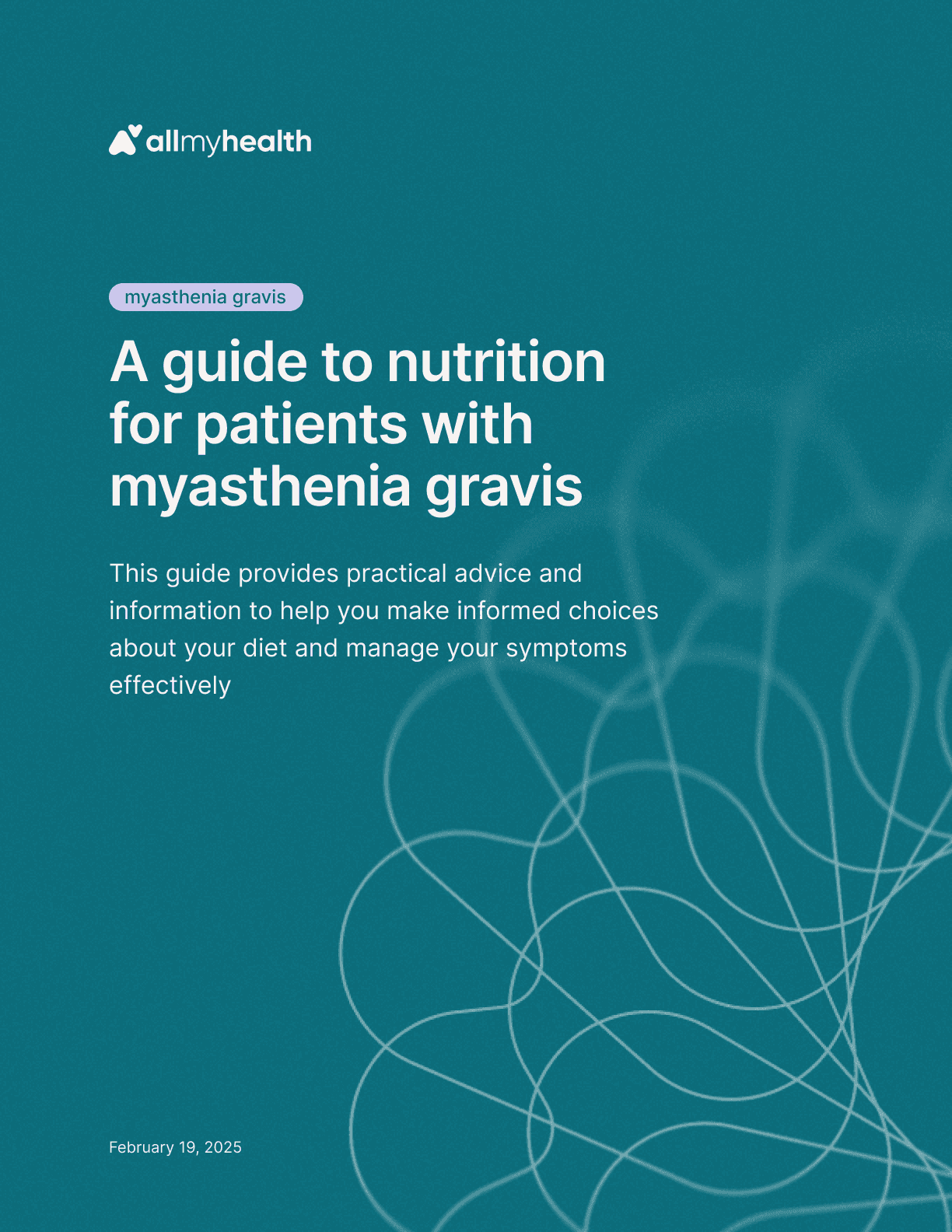
Myasthenia gravis
·
A guide to nutrition for patients with myasthenia gravis
Feb 19, 2025
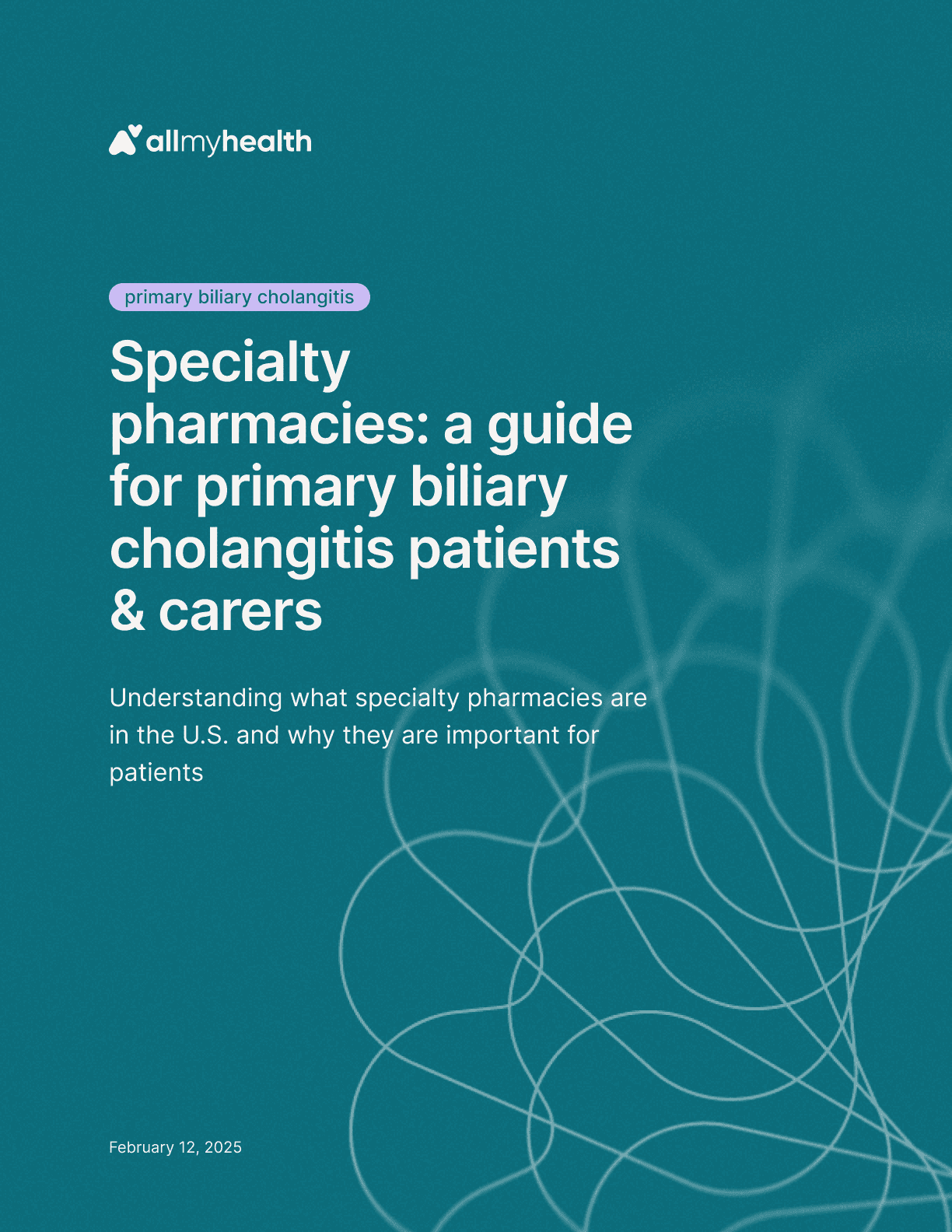
Primary biliary cholangitis
·
Specialty pharmacies: a guide for primary biliary cholangitis patients & carers
Feb 12, 2025
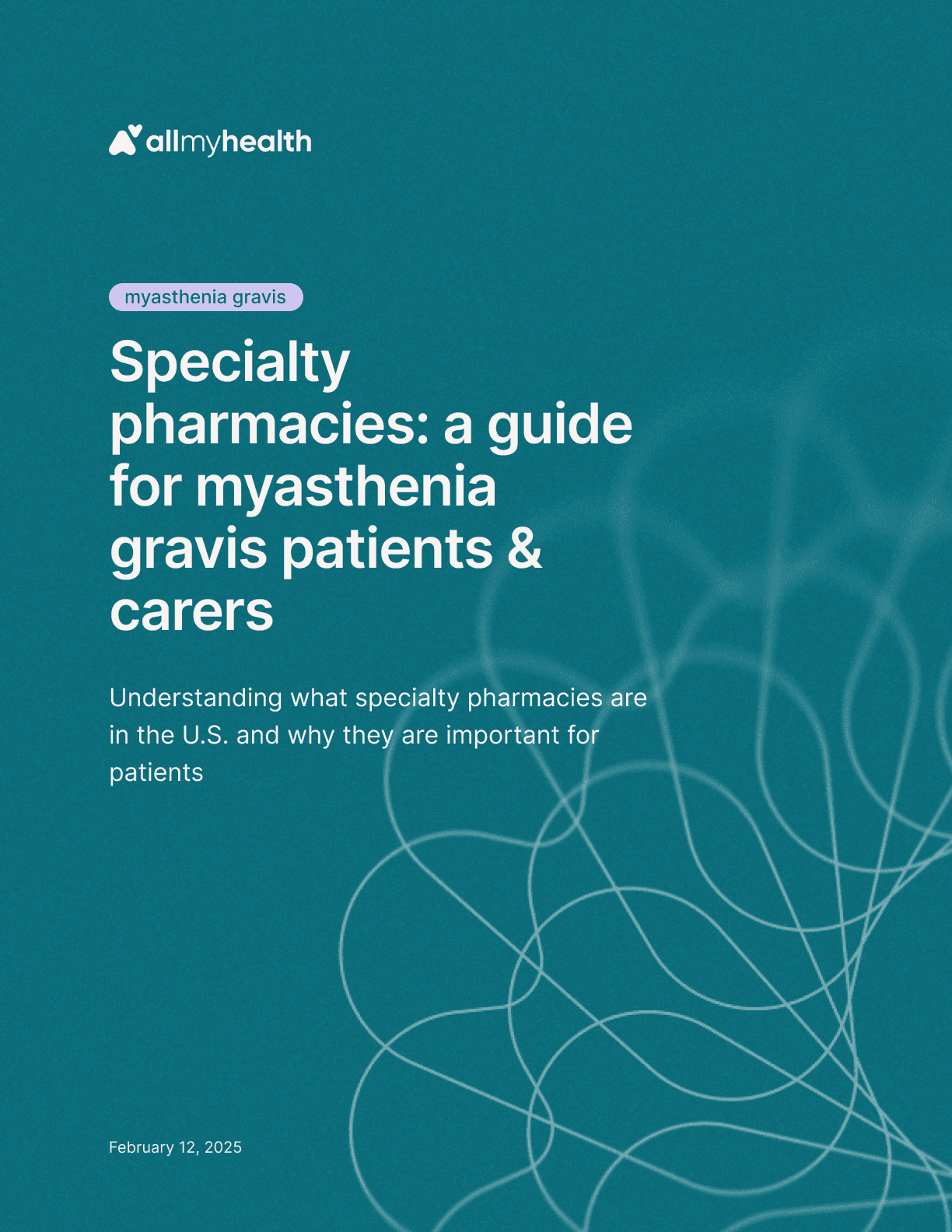
Myasthenia gravis
·
Specialty pharmacies: a guide for myasthenia gravis patients & carers
Feb 12, 2025
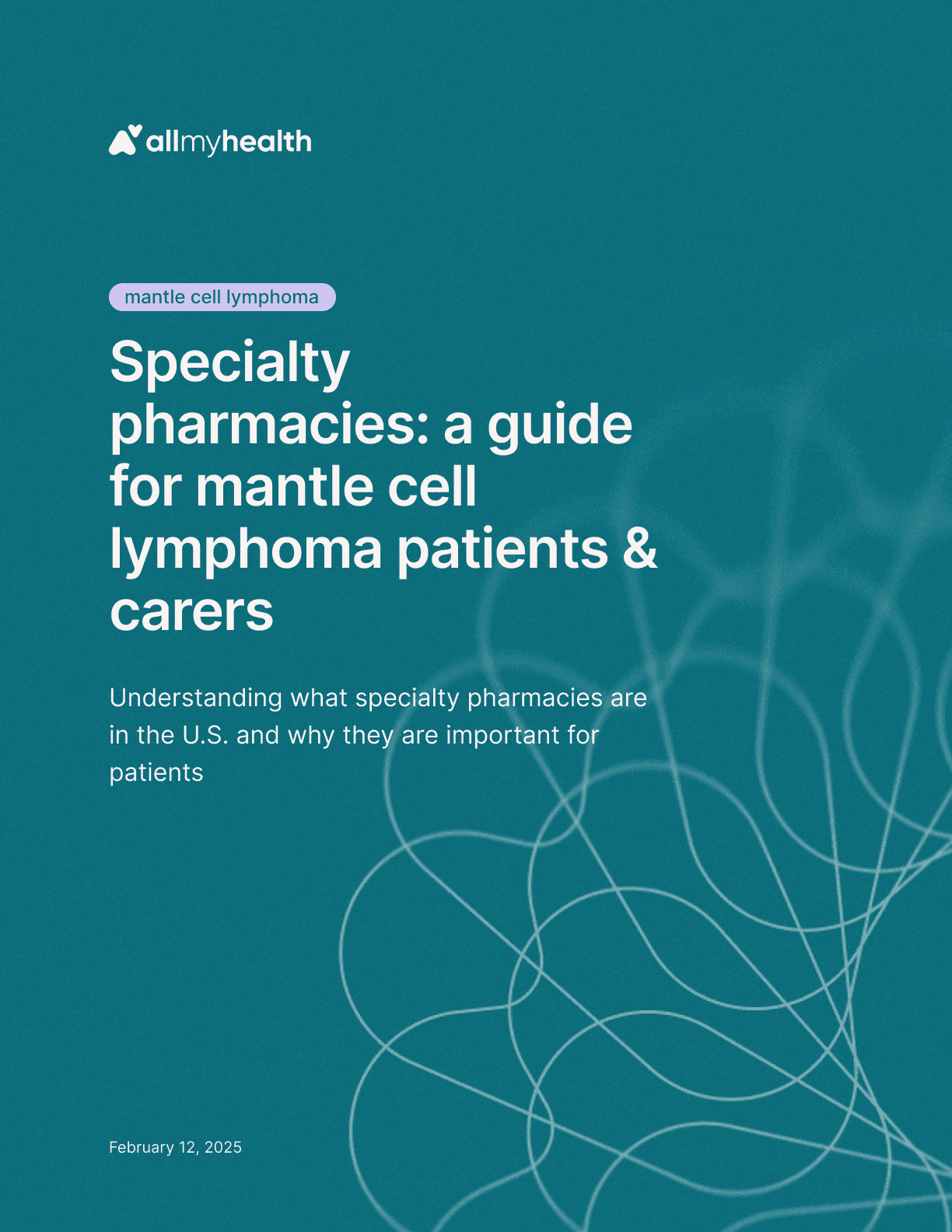
Mantle cell lymphoma
·
Specialty pharmacies: a guide for mantle cell lymphoma patients & carers
Feb 12, 2025
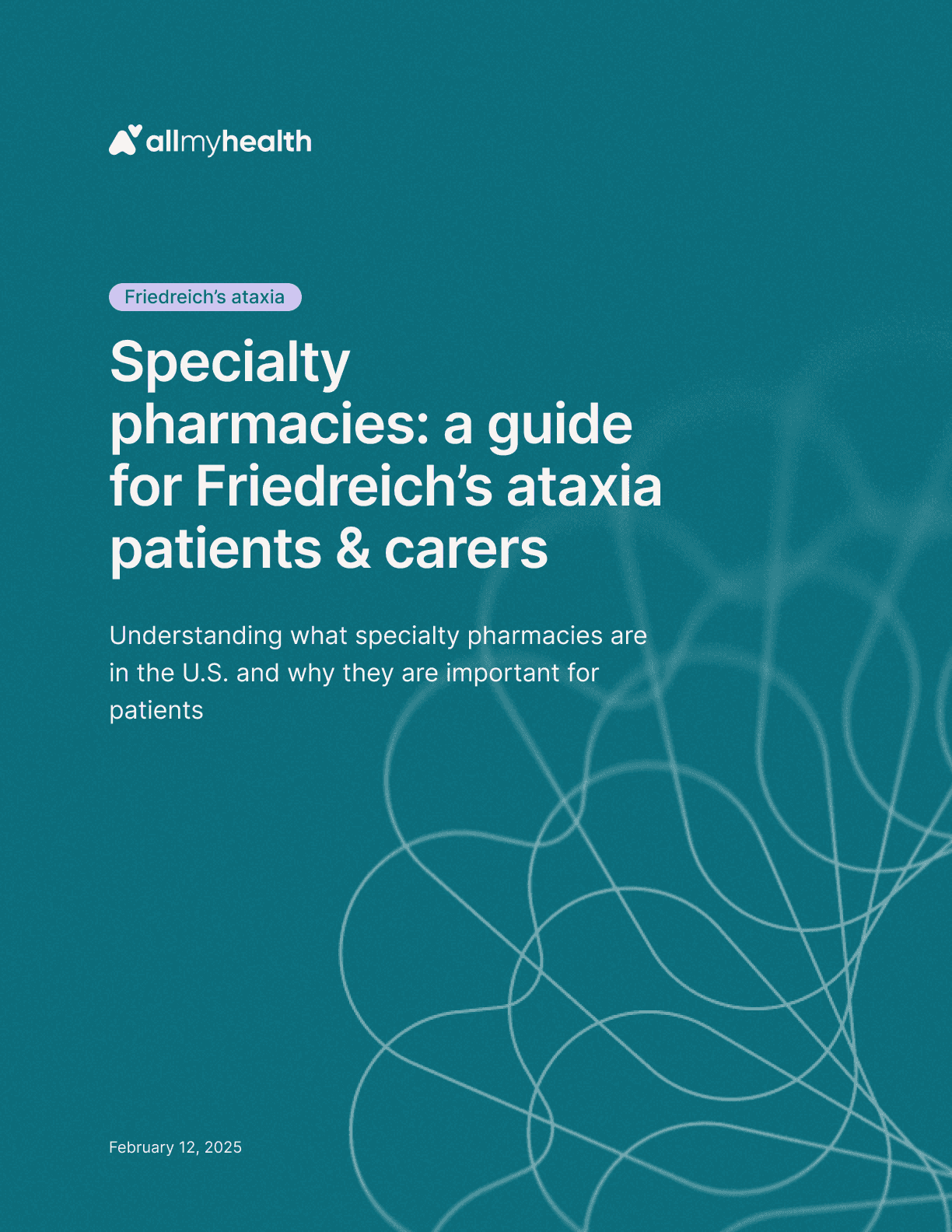
Friedreich's ataxia
·
Specialty pharmacies: a guide for Friedreich’s ataxia patients & carers
Feb 12, 2025
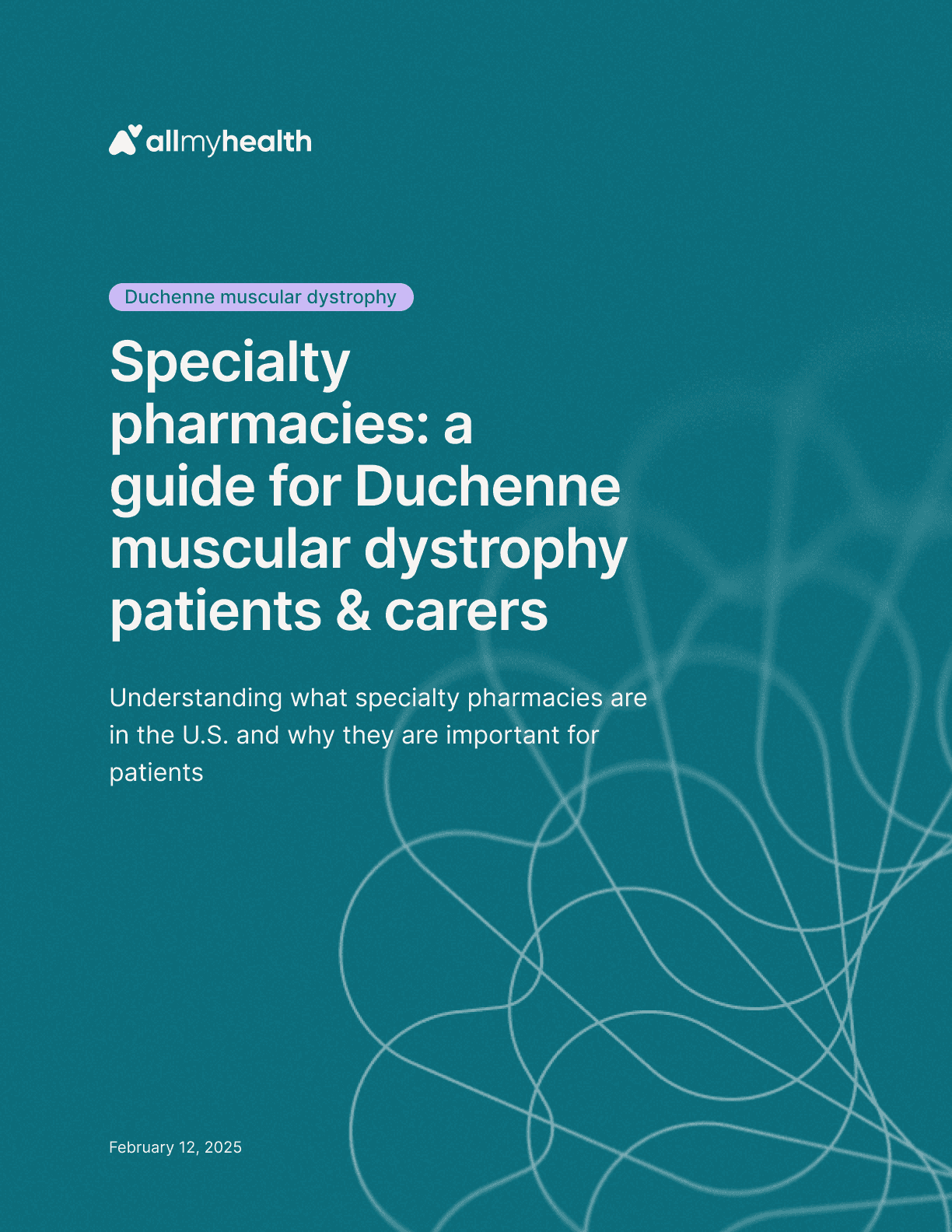
Duchenne muscular dystrophy
·
Specialty pharmacies: a guide for Duchenne muscular dystrophy patients & carers
Feb 12, 2025

Spinal muscular atrophy
·
Specialty pharmacies: a guide for SMA patients & carers
Feb 6, 2025
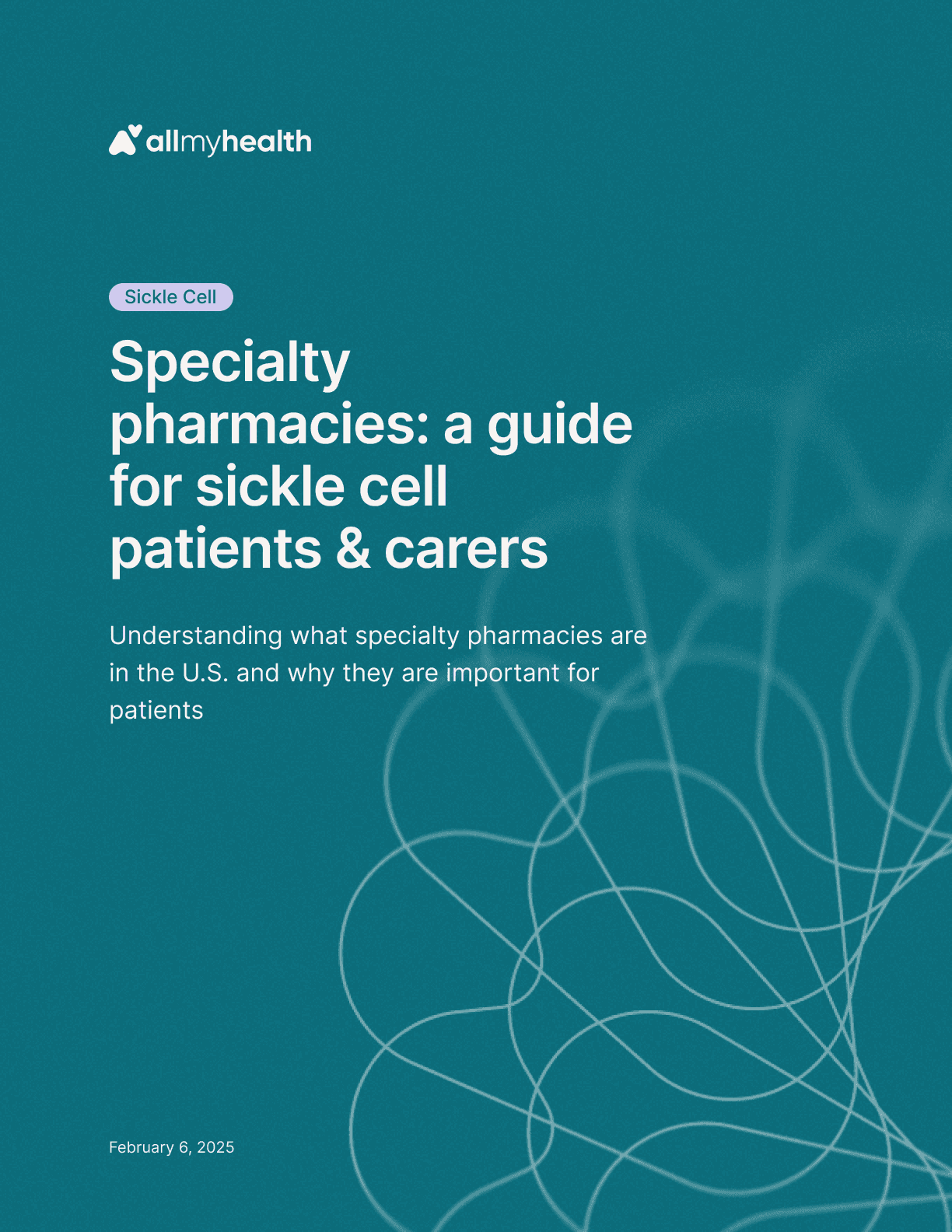
Sickle cell
·
Specialty pharmacies: a guide for sickle cell patients & carers
Feb 6, 2025
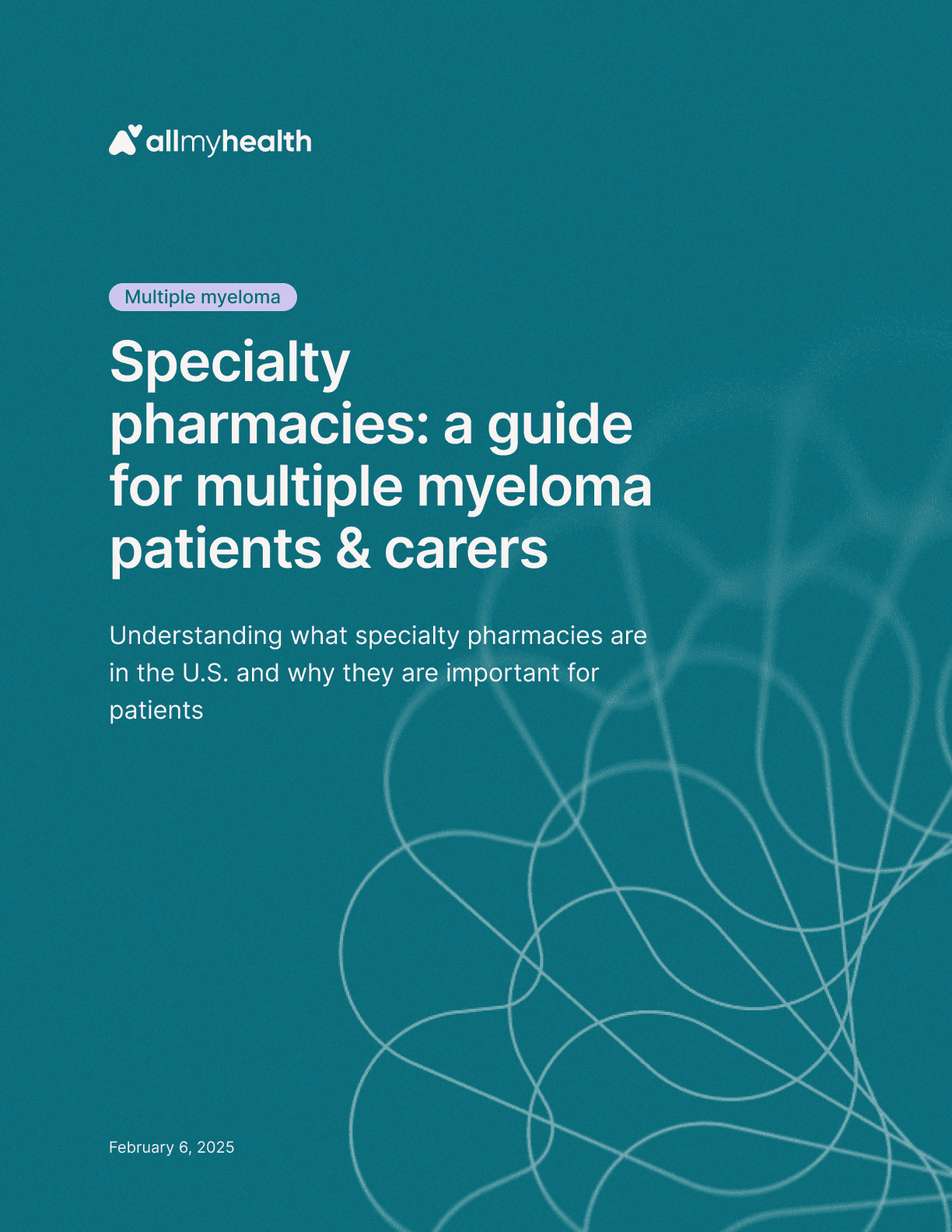
Multiple myeloma
·
Specialty pharmacies: a guide for multiple myeloma patients & carers
Feb 6, 2025
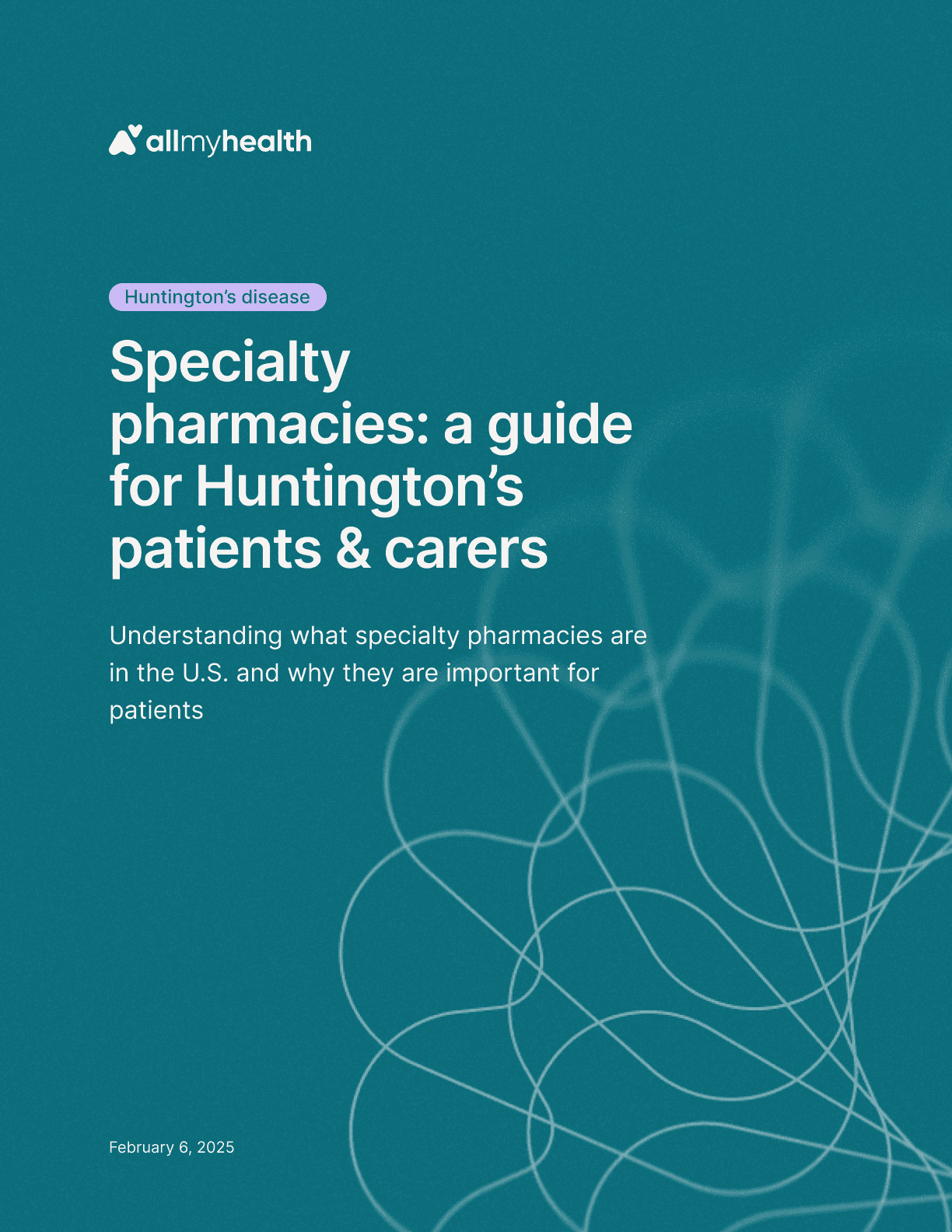
Huntington's disease
·
Specialty pharmacies: a guide for Huntington’s disease patients & carers
Feb 6, 2025
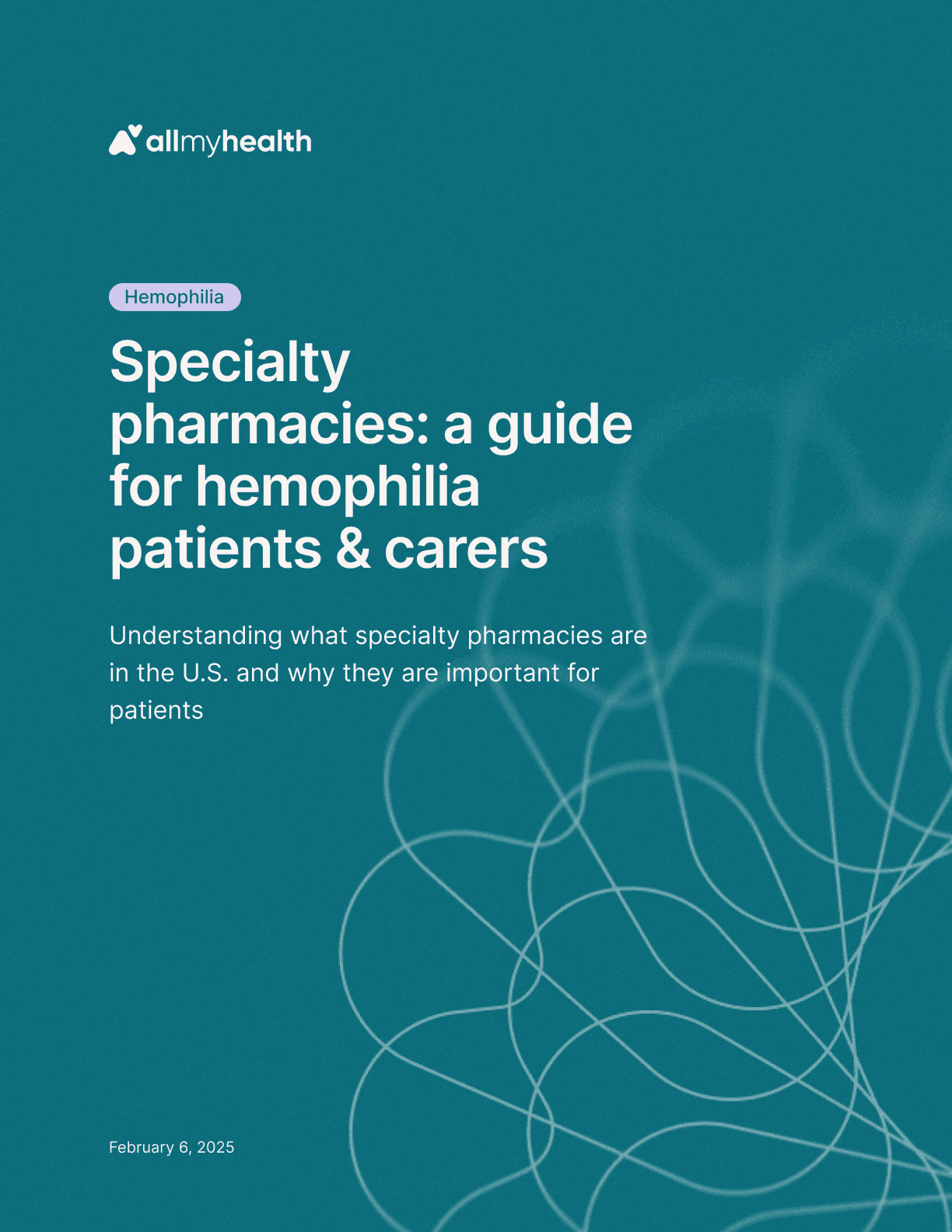
Hemophilia
·
Specialty pharmacies: a guide for hemophilia patients & carers
Feb 6, 2025

Amyotrophic lateral sclerosis
·
Specialty pharmacies: a guide for ALS patients & carers
Feb 6, 2025
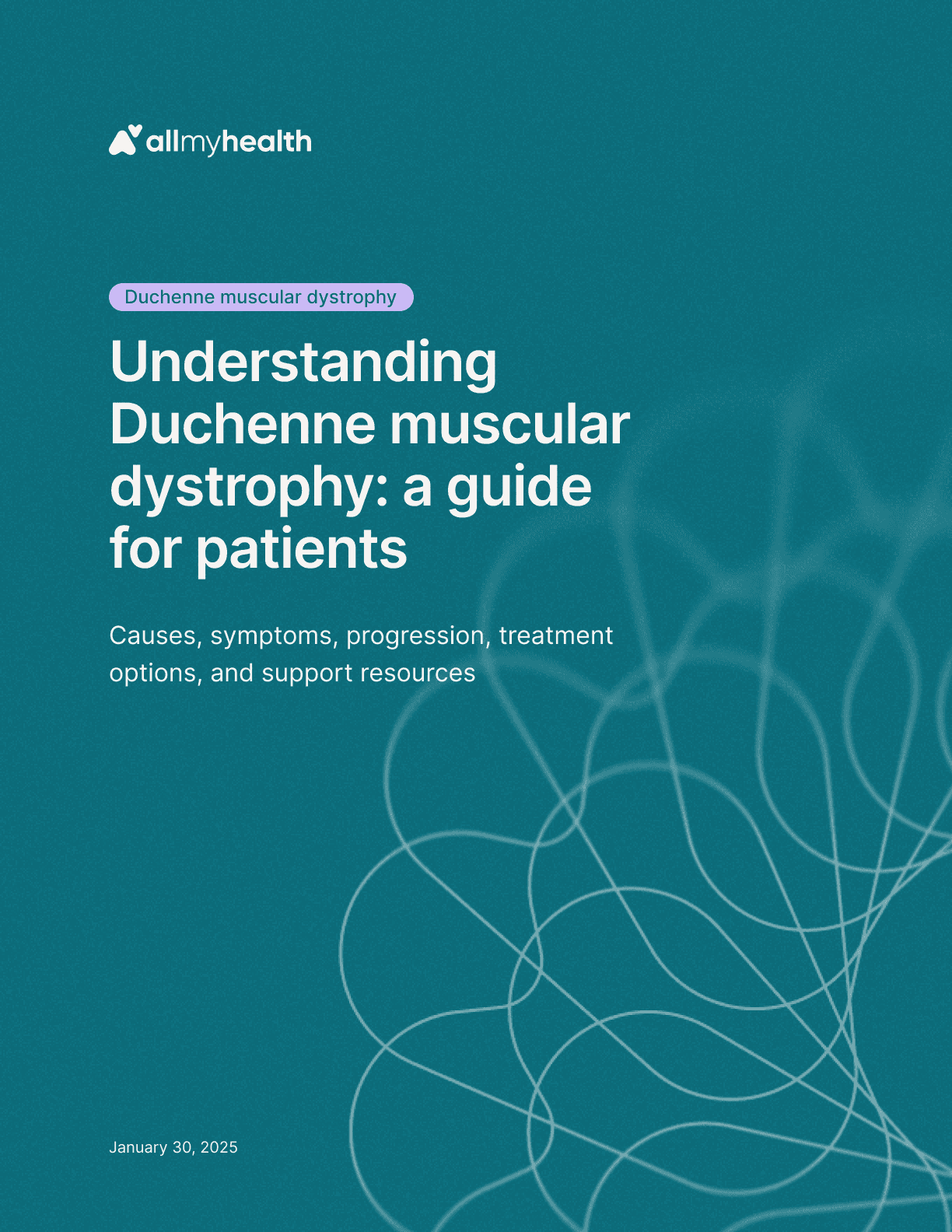
Duchenne muscular dystrophy
·
Understanding Duchenne muscular dystrophy: a guide for patients
Jan 30, 2025
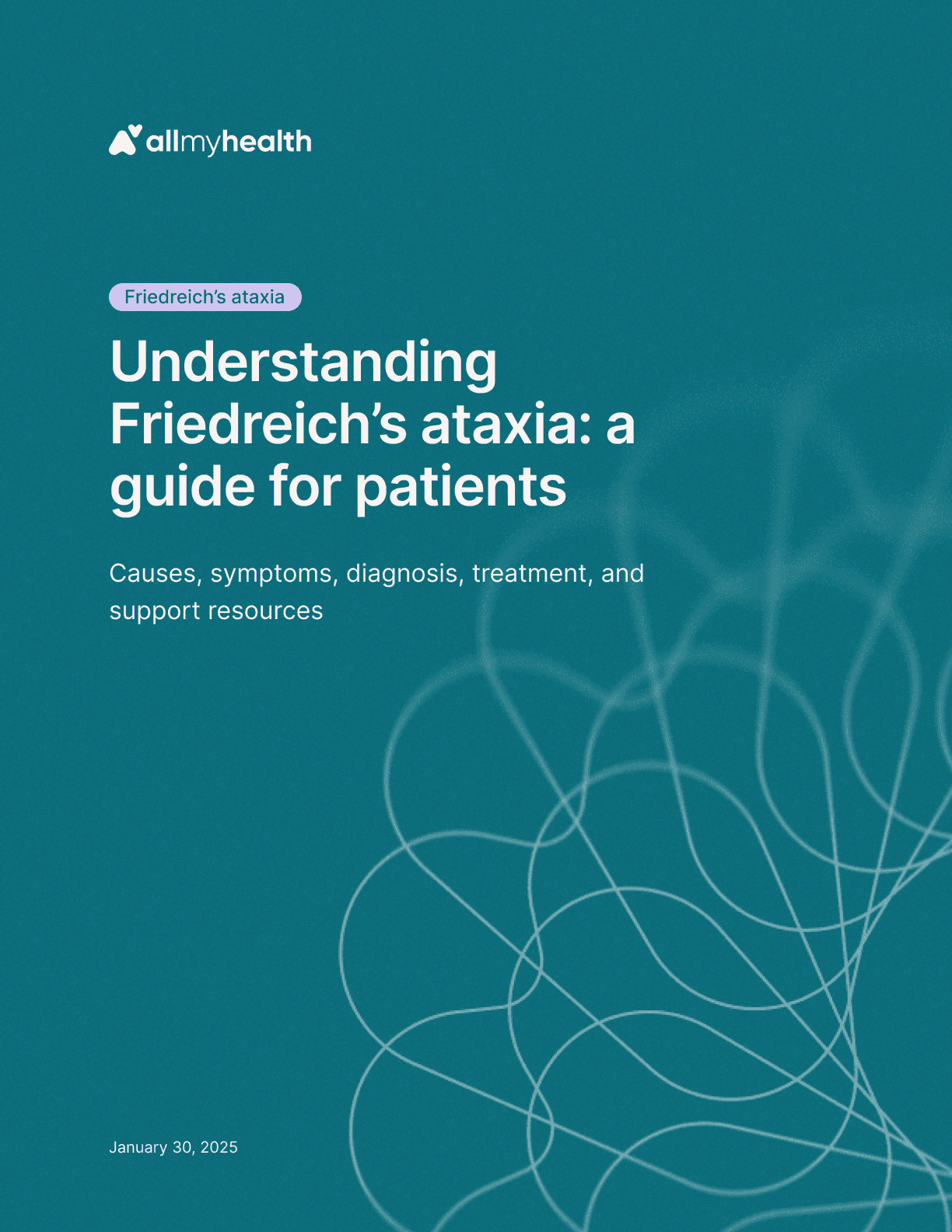
Friedreich's ataxia
·
Understanding Friedreich's ataxia: a guide for patients
Jan 30, 2025

Hemophilia
·
Understanding hemophilia: a guide for patients
Jan 30, 2025
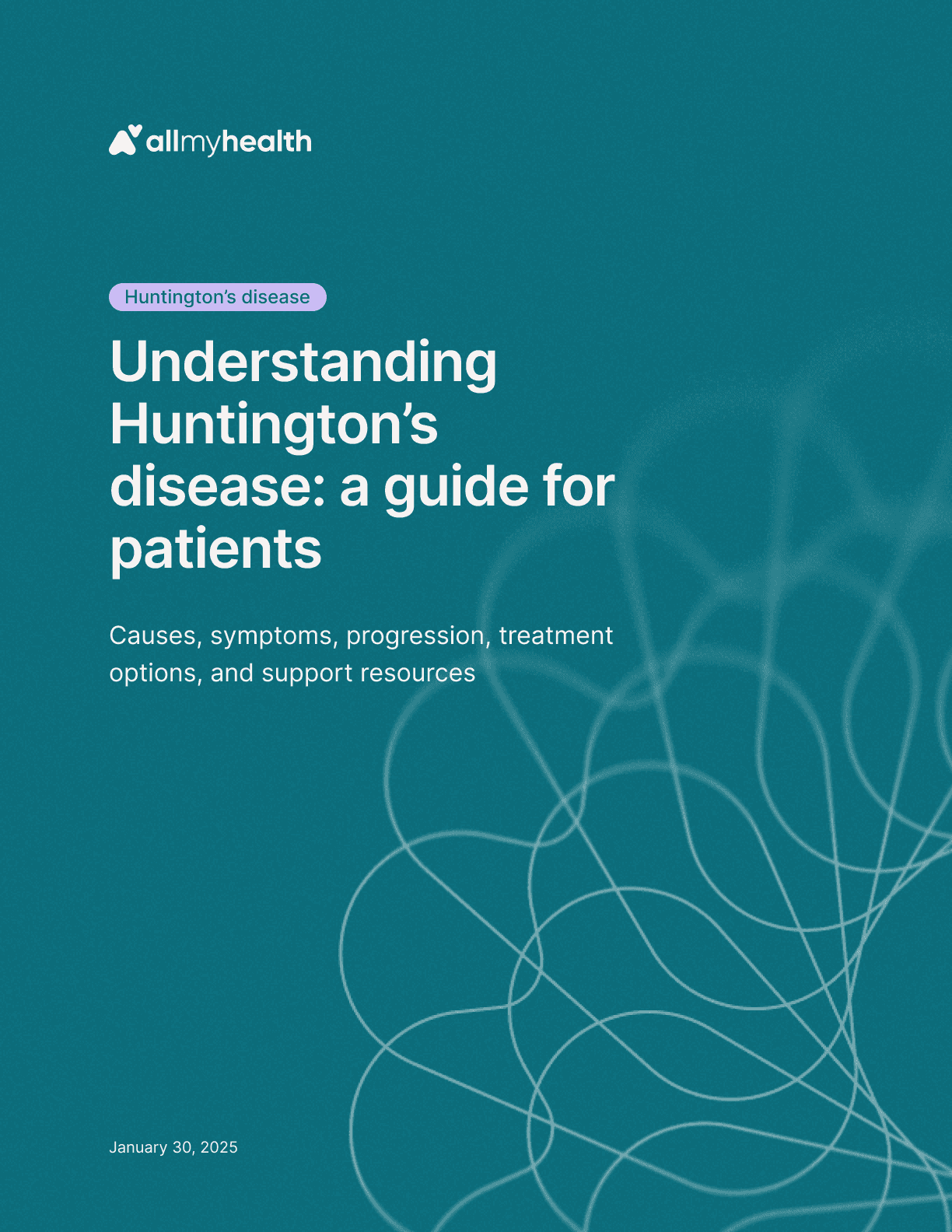
Huntington's disease
·
Understanding Huntington’s disease: a guide for patients
Jan 30, 2025
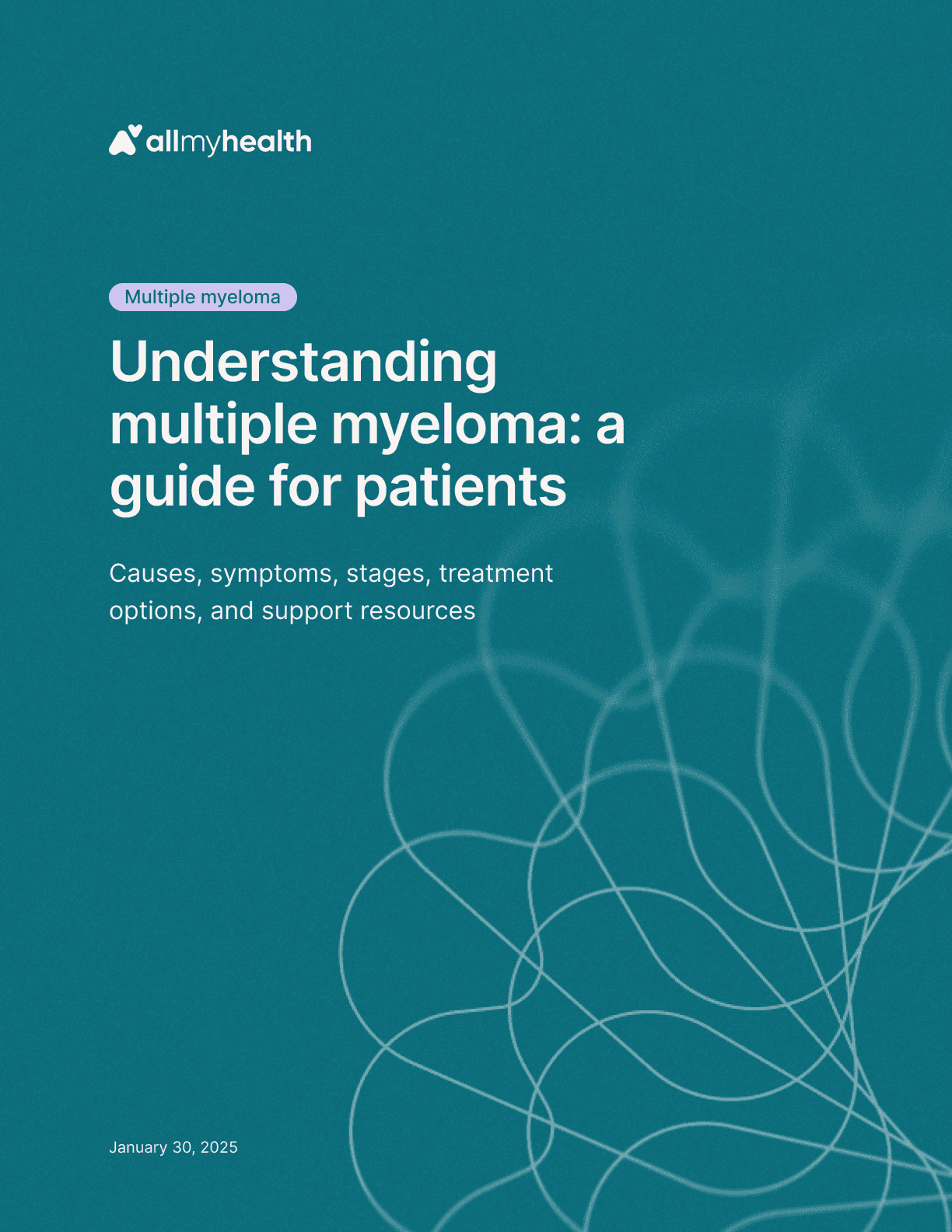
Multiple myeloma
·
Understanding multiple myeloma: a guide for patients
Jan 30, 2025

Primary biliary cholangitis
·
Understanding primary biliary cholangitis: a guide for patients
Jan 30, 2025
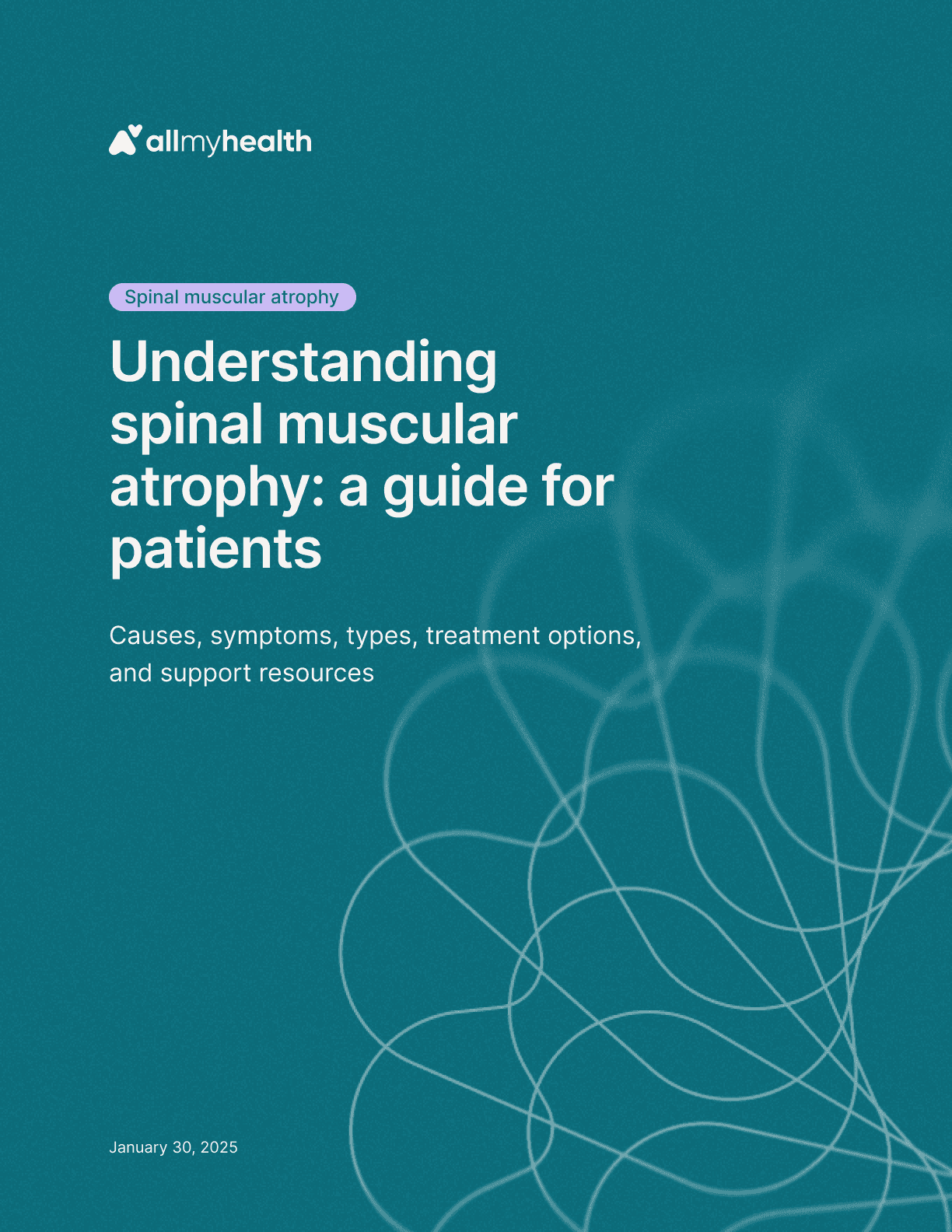
Spinal muscular atrophy
·
Understanding spinal muscular atrophy: a guide for patients
Jan 30, 2025

Amyotrophic lateral sclerosis
·
Understanding amyotrophic lateral sclerosis: a guide for patients
Jan 23, 2025
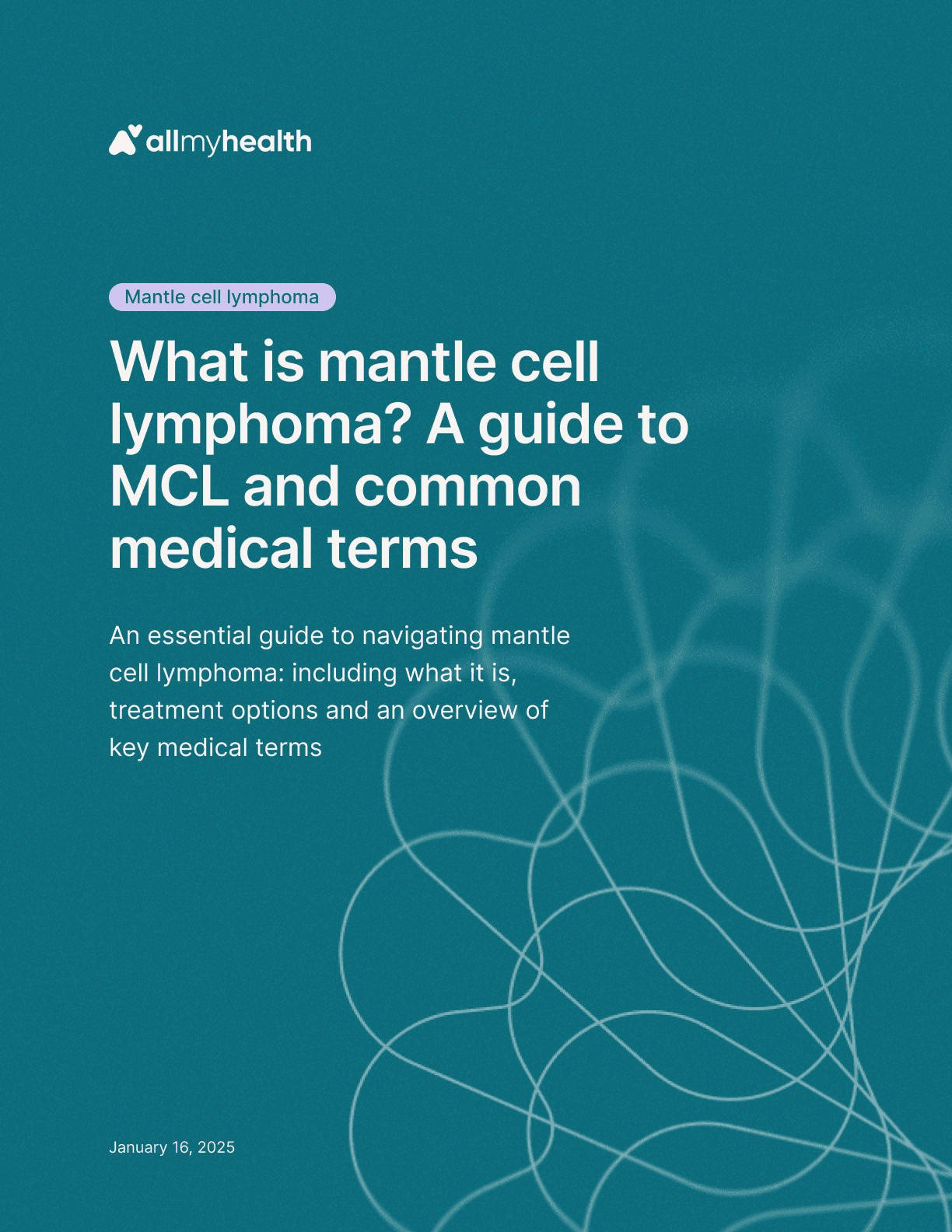
Mantle cell lymphoma
·
What is mantle cell lymphoma? A guide to MCL and common medical terms
Jan 23, 2025
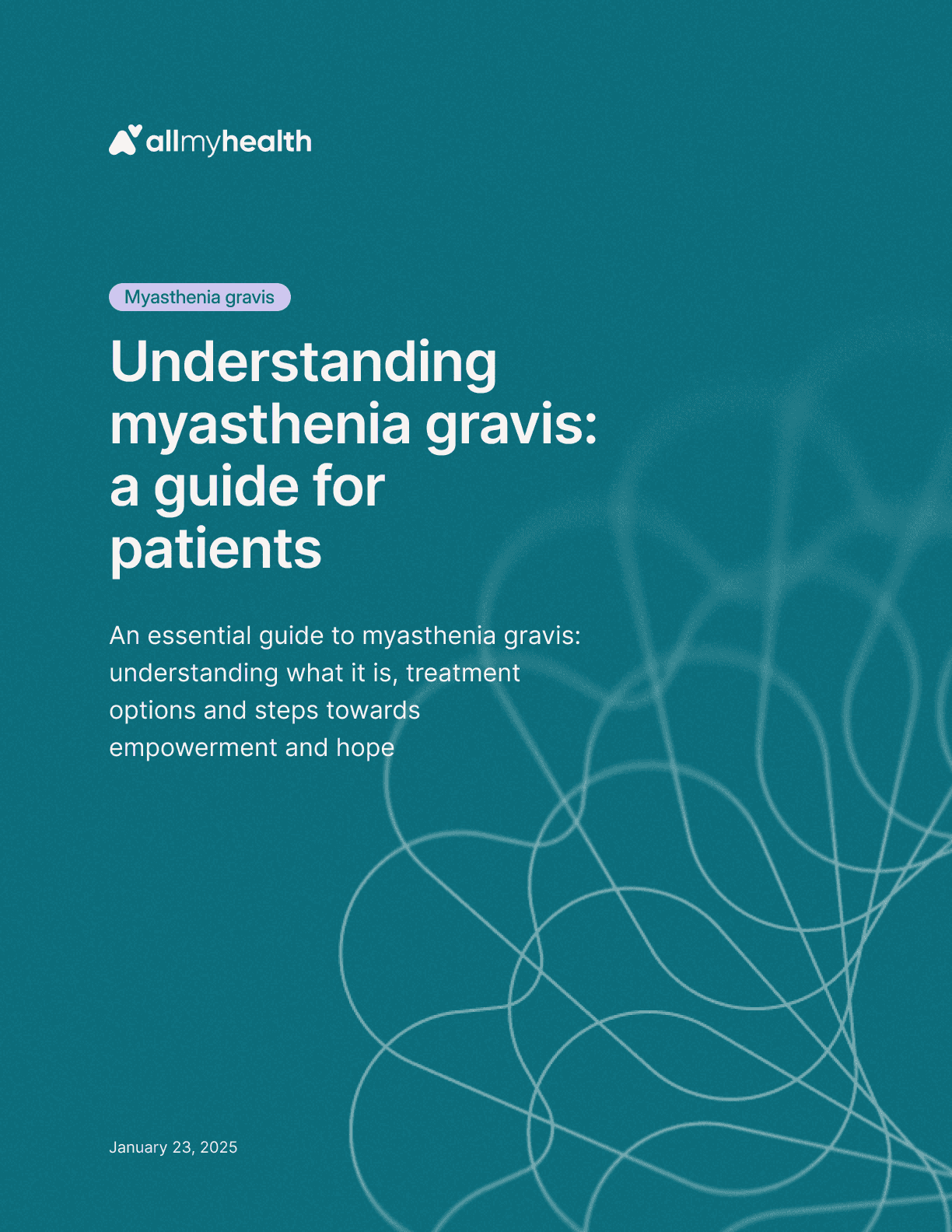
Myasthenia gravis
·
Understanding myasthenia gravis: a guide for patients
Jan 23, 2025
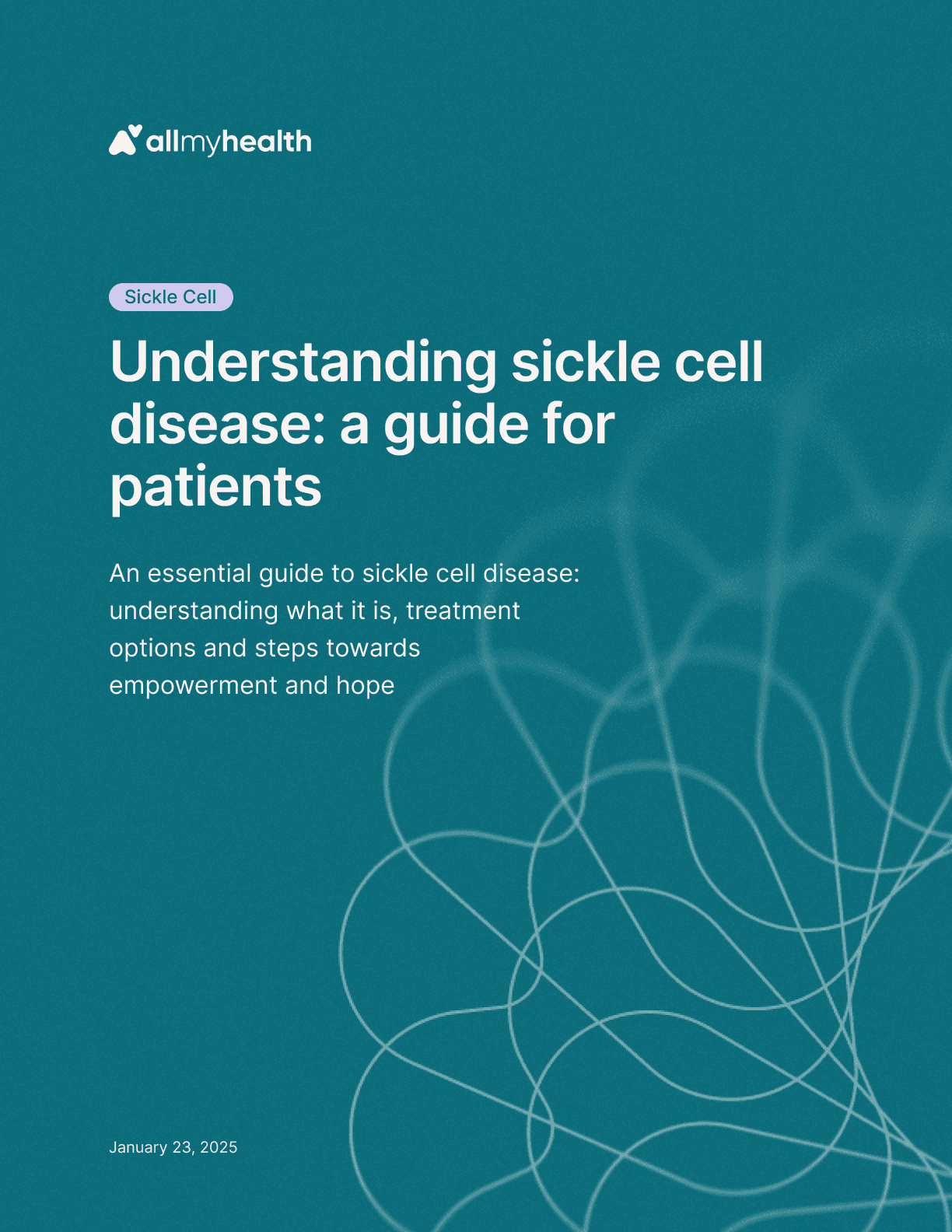
Sickle cell
·
Understanding sickle cell disease: a guide for patients
Jan 23, 2025
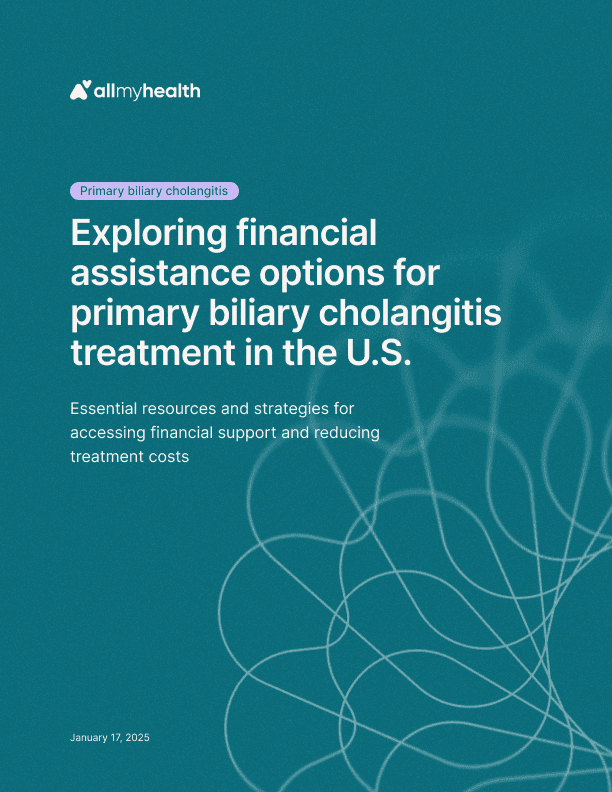
Primary biliary cholangitis
·
Exploring financial assistance options for primary biliary cholangitis treatment in the U.S.
Jan 17, 2025
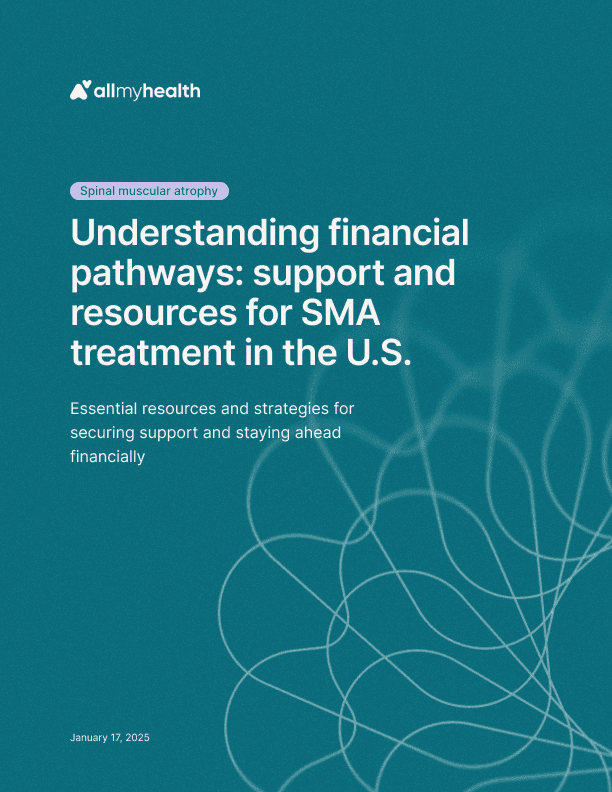
Spinal muscular atrophy
·
Understanding financial pathways: support and resources for SMA treatment in the U.S.
Jan 17, 2025
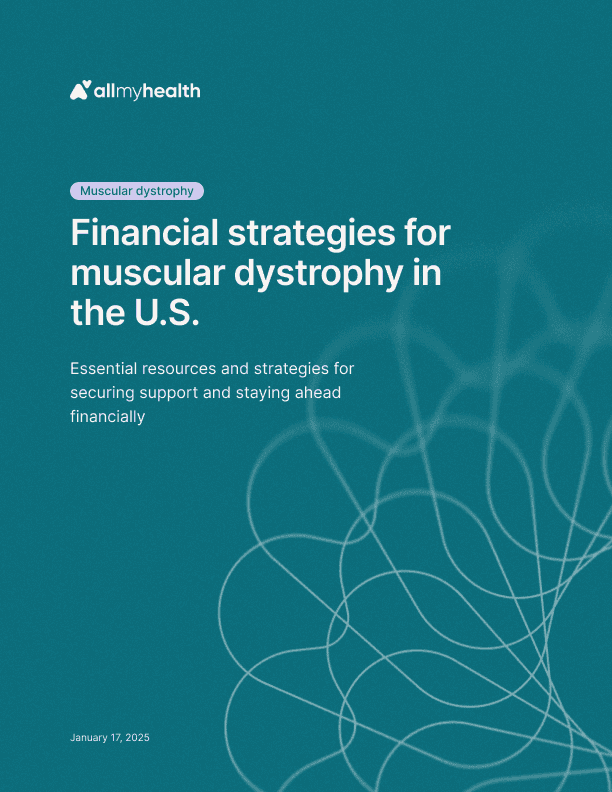
Duchenne muscular dystrophy
·
Financial strategies for muscular dystrophy in the U.S.
Jan 17, 2025
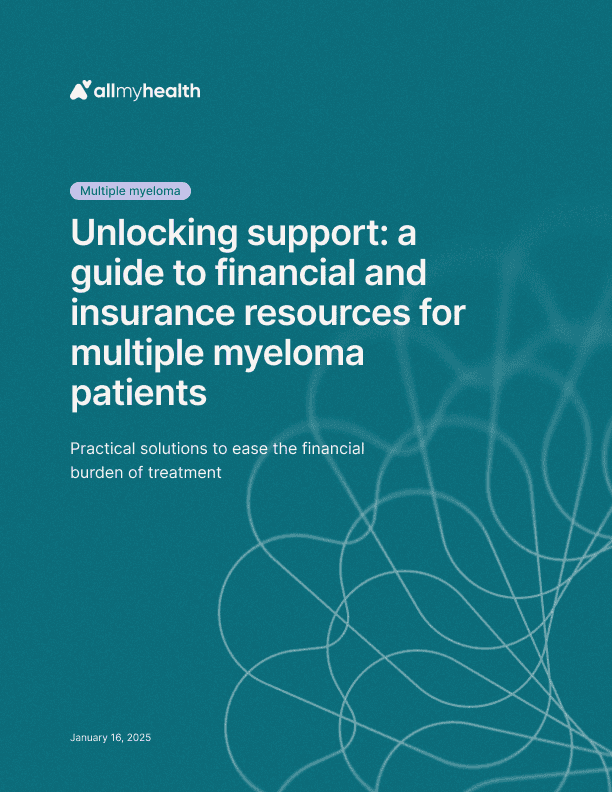
Multiple myeloma
·
Unlocking support: a guide to financial and insurance resources for multiple myeloma patients
Jan 17, 2025

Friedreich's ataxia
·
Navigating Friedreich’s ataxia in the U.S.: a practical guide to support and financial planning
Jan 17, 2025
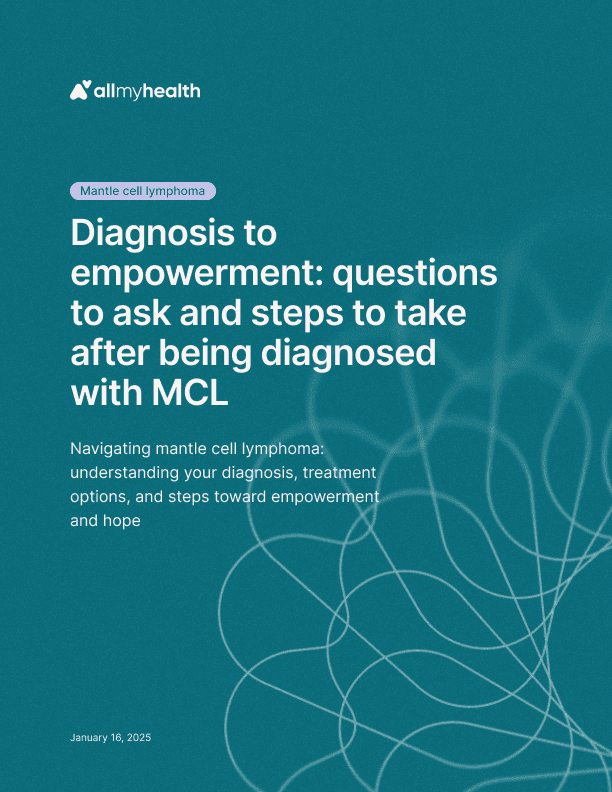
Mantle cell lymphoma
·
Diagnosis to empowerment: questions to ask and steps to take after being diagnosed with MCL
Jan 16, 2025
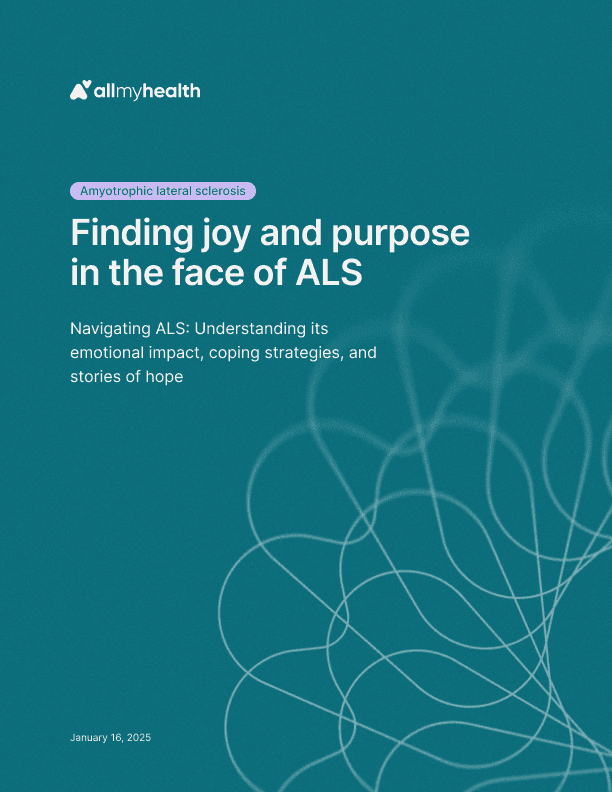
Amyotrophic lateral sclerosis
·
Finding joy and purpose in the face of ALS
Jan 16, 2025
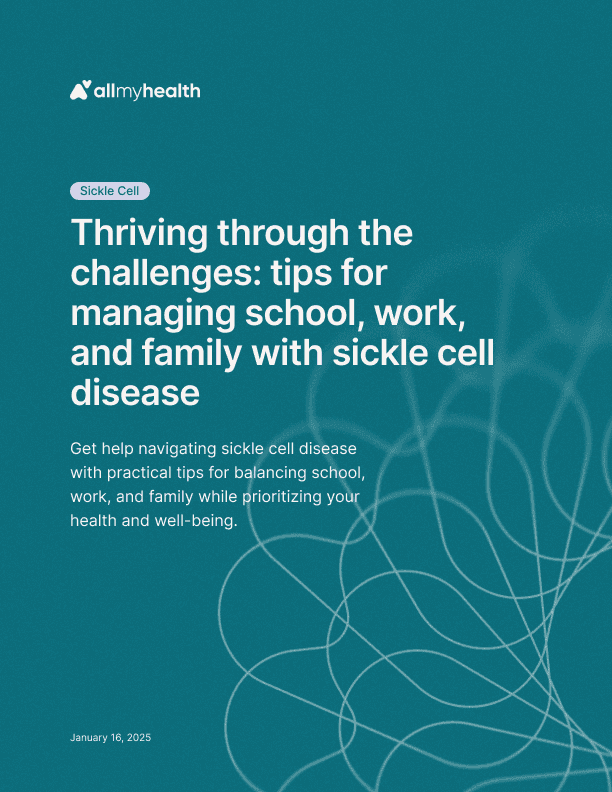
Sickle cell
·
Thriving through the challenges: tips for managing school, work, and family with sickle cell disease
Jan 16, 2025
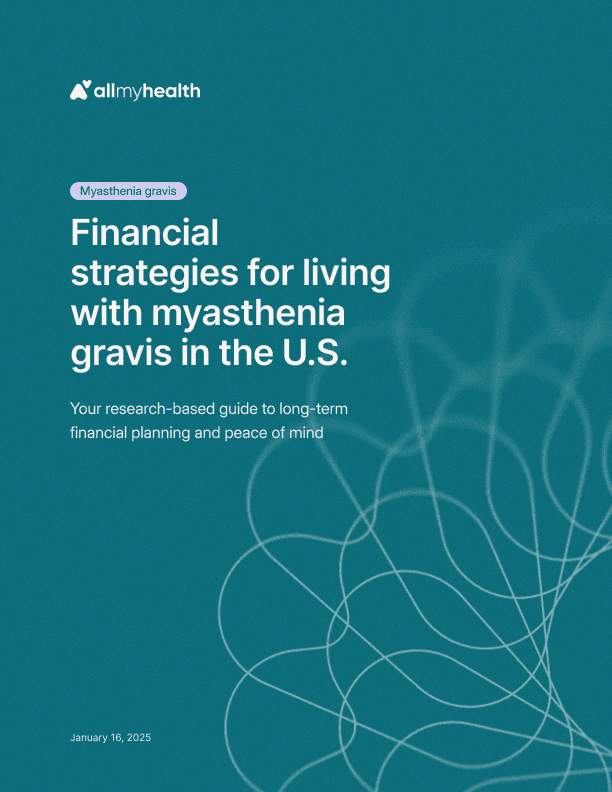
Myasthenia gravis
·
Financial strategies for living with myasthenia gravis in the U.S.: a guide to long-term planning
Jan 16, 2025